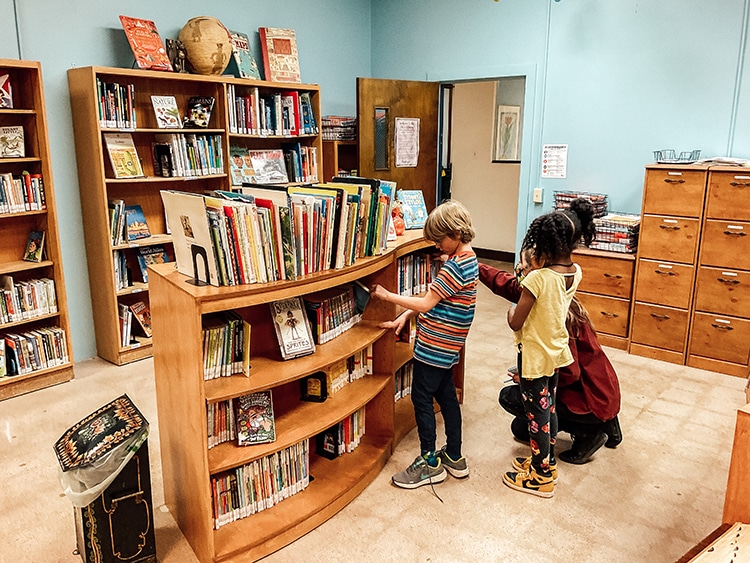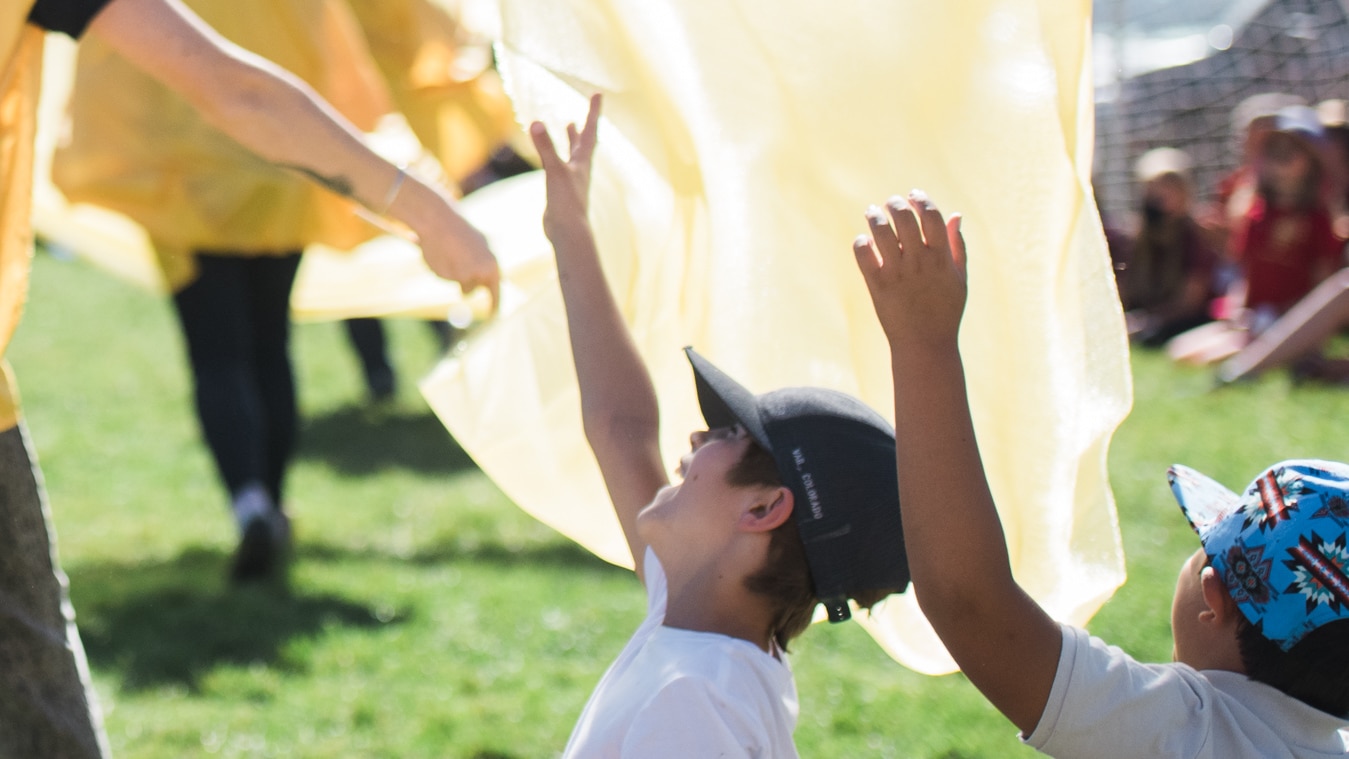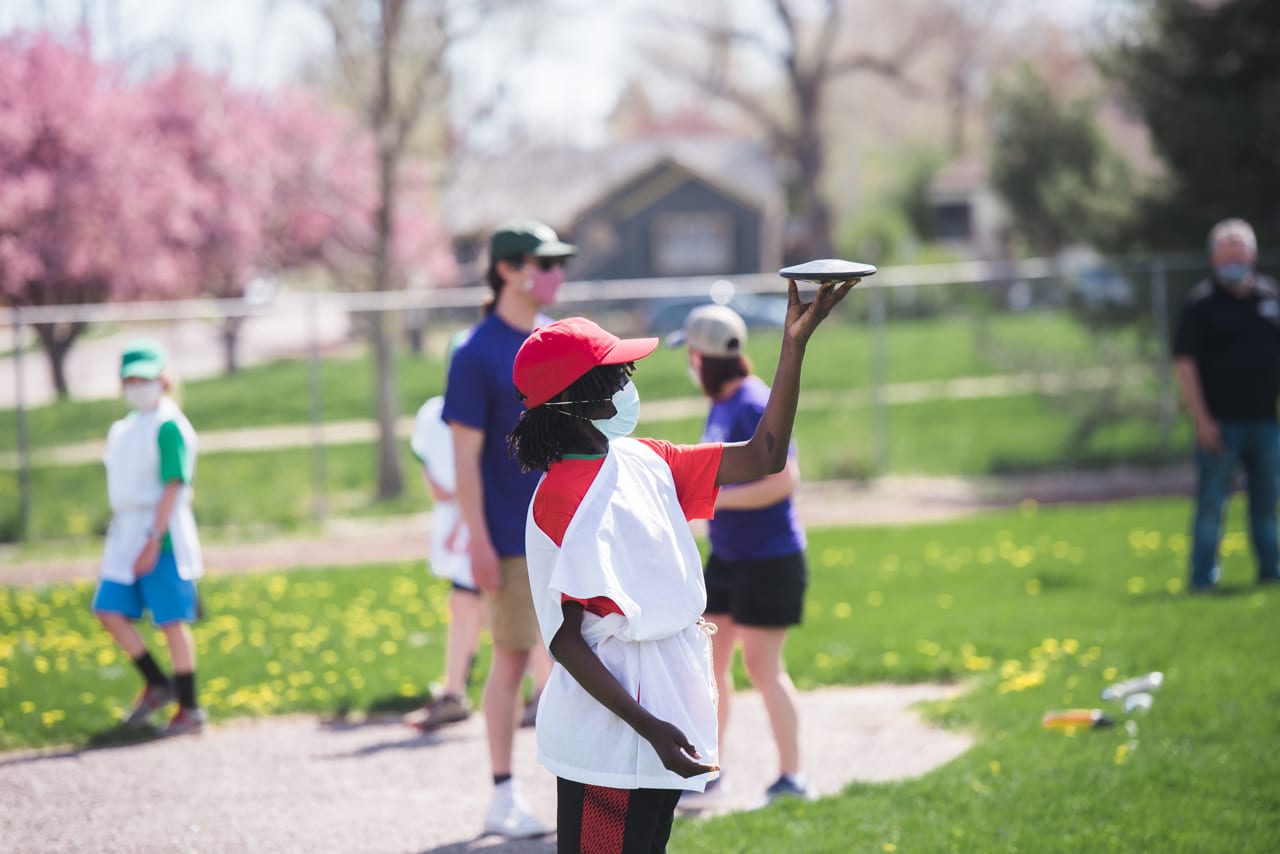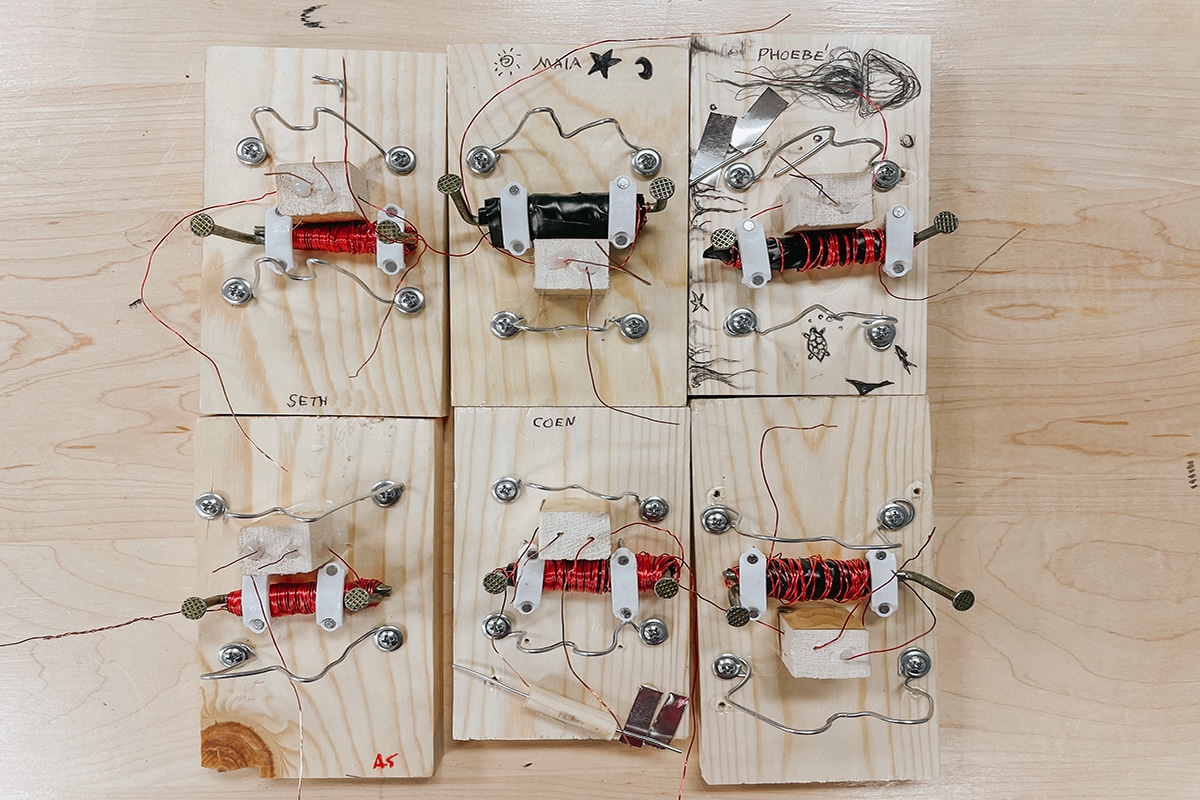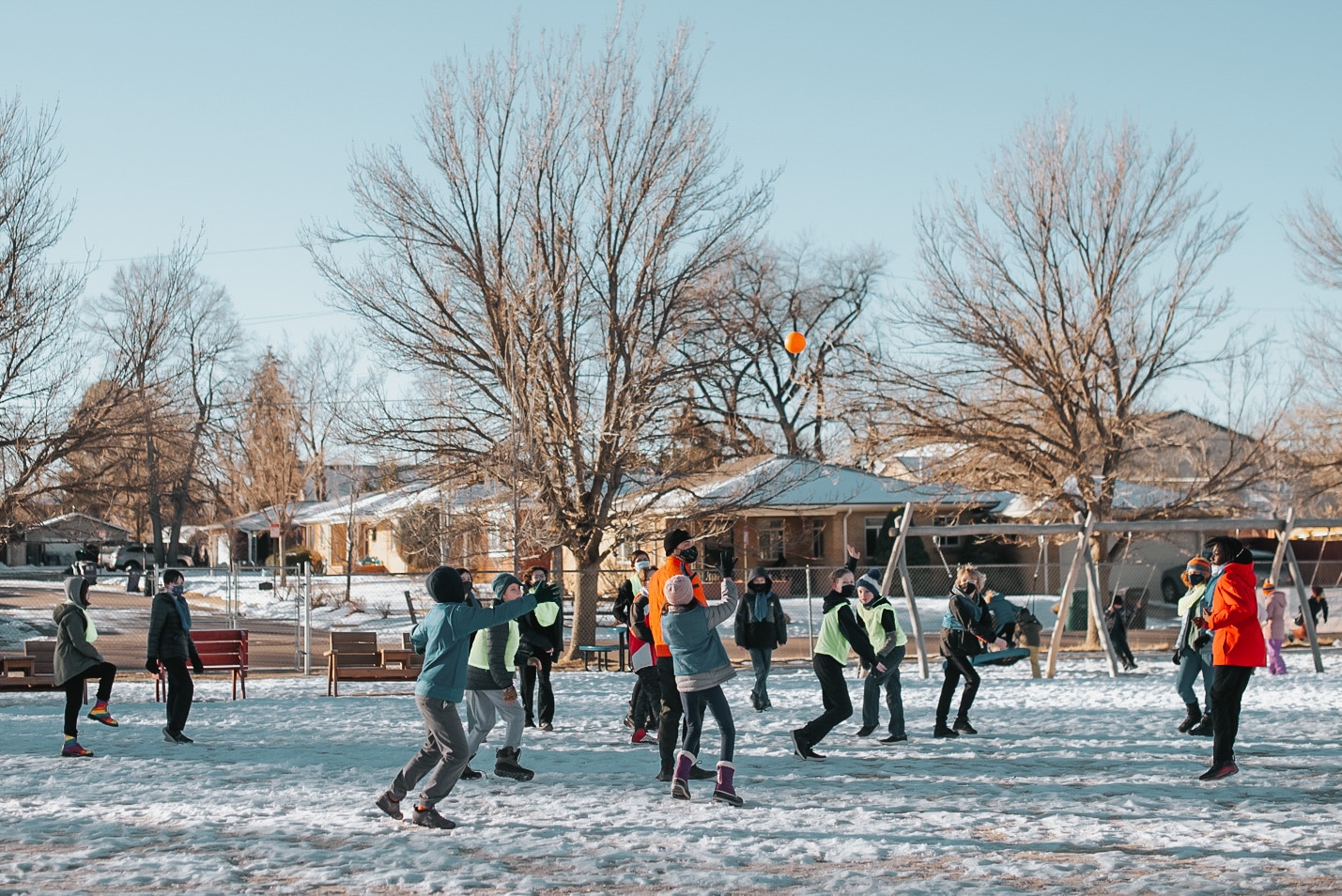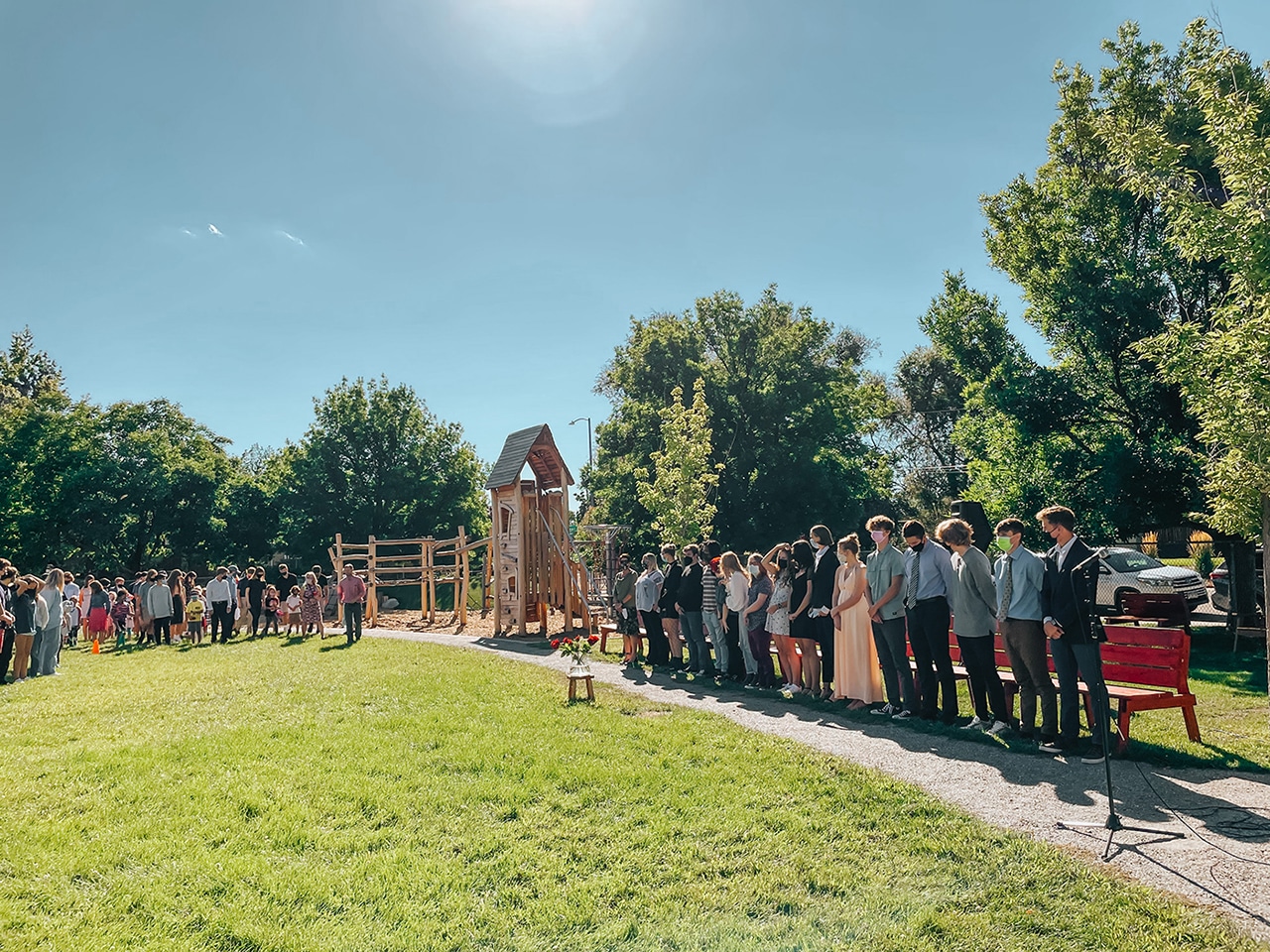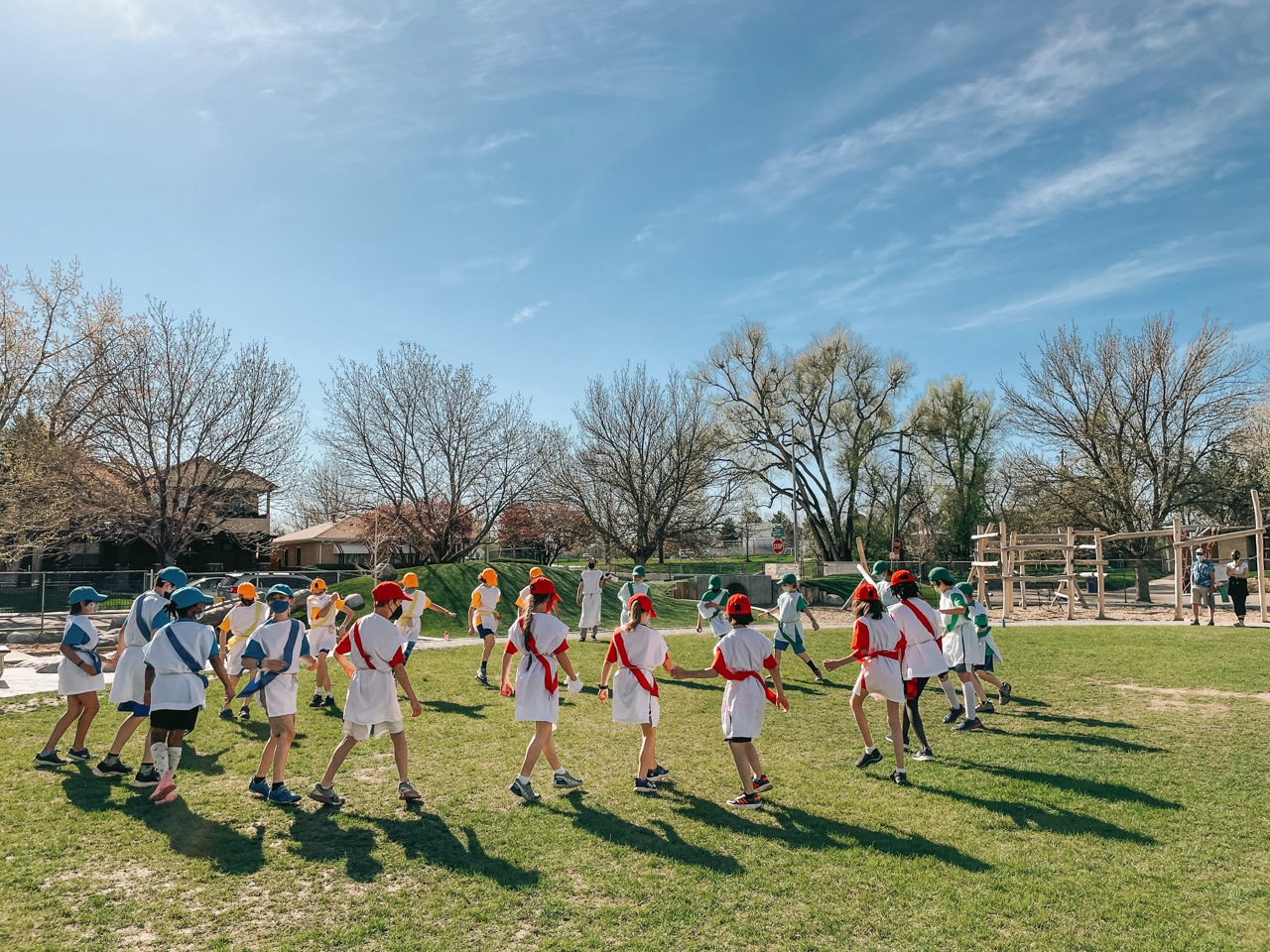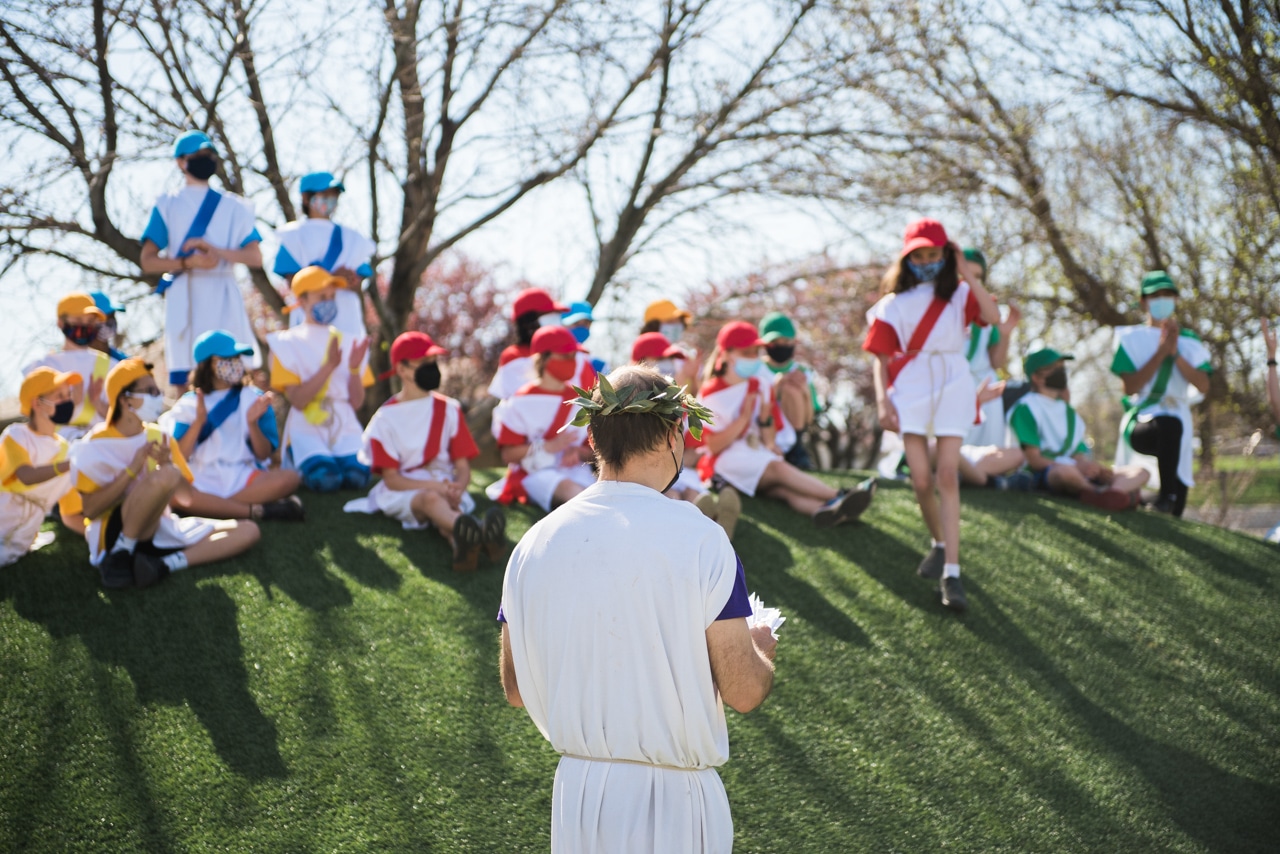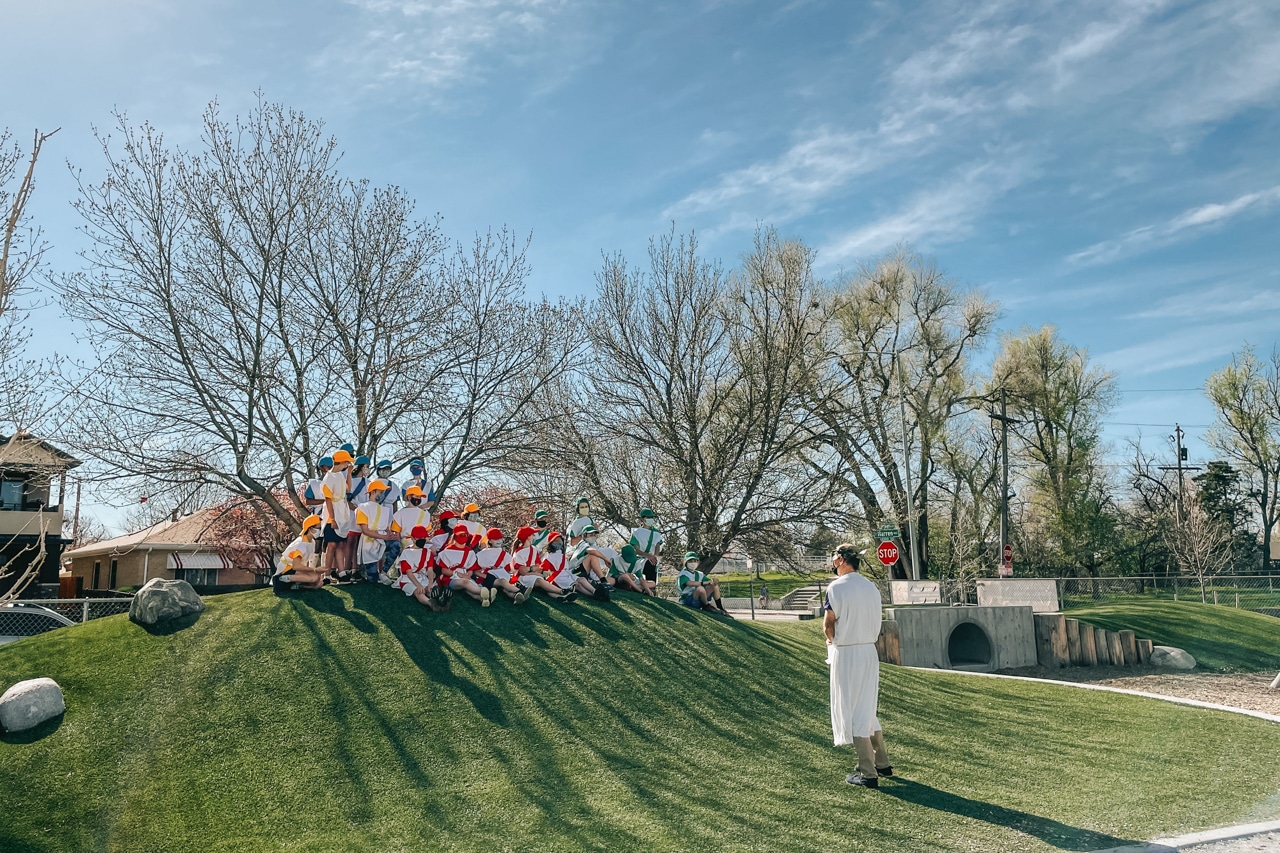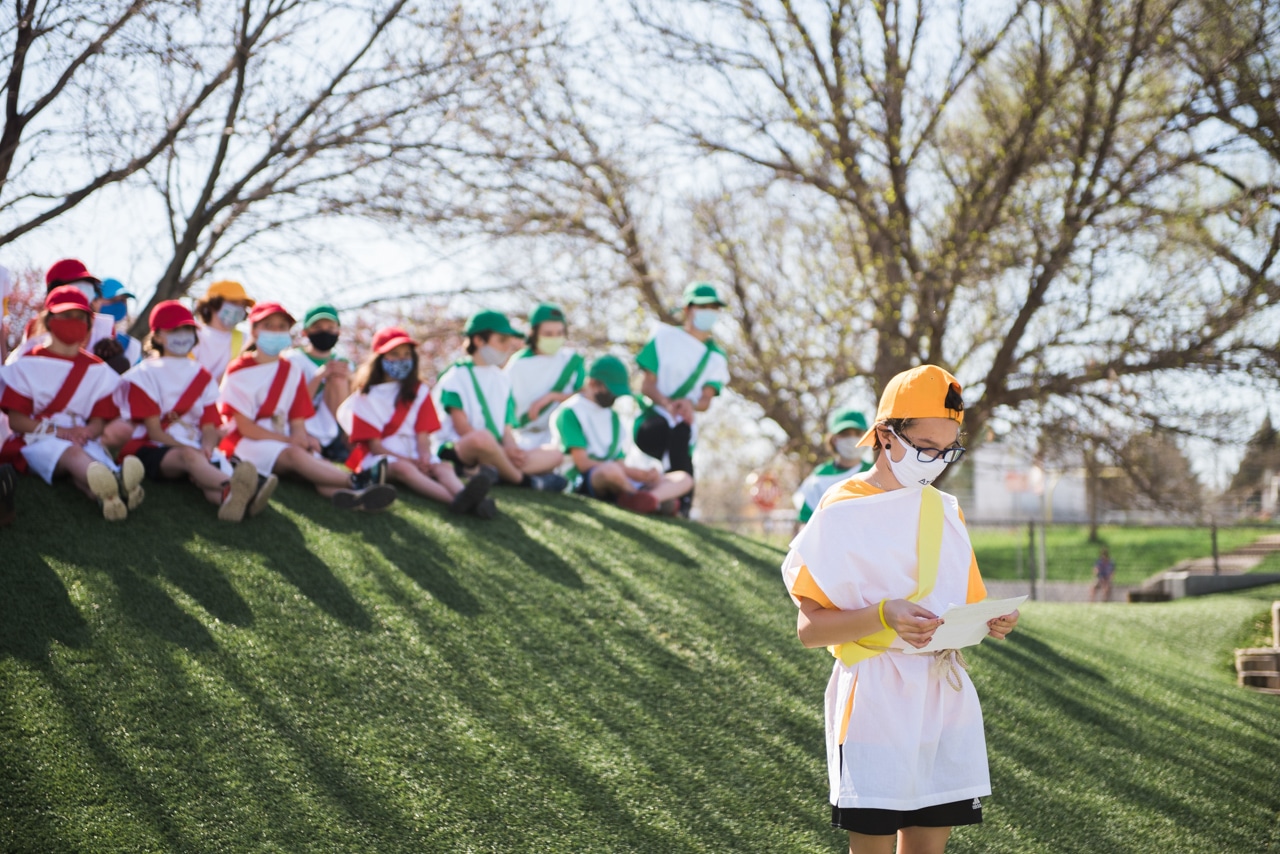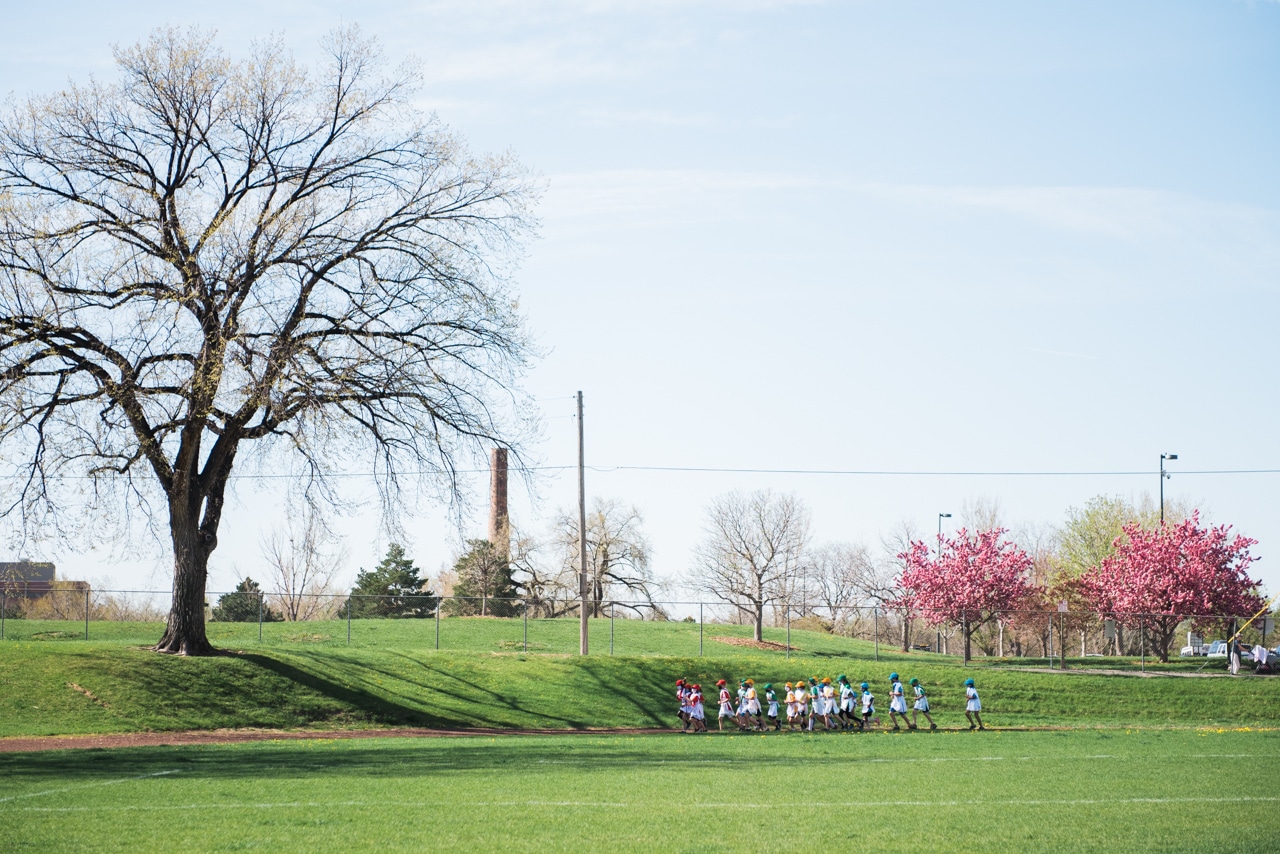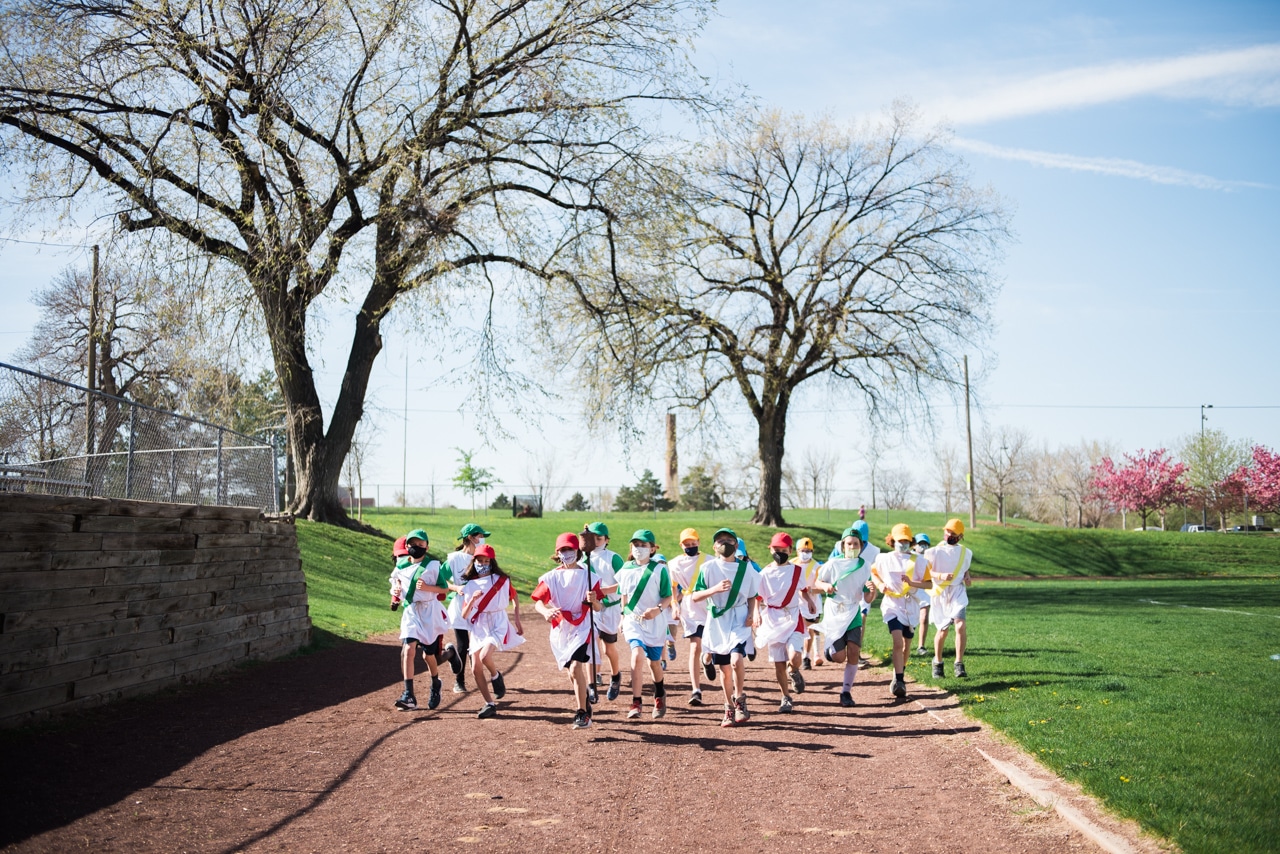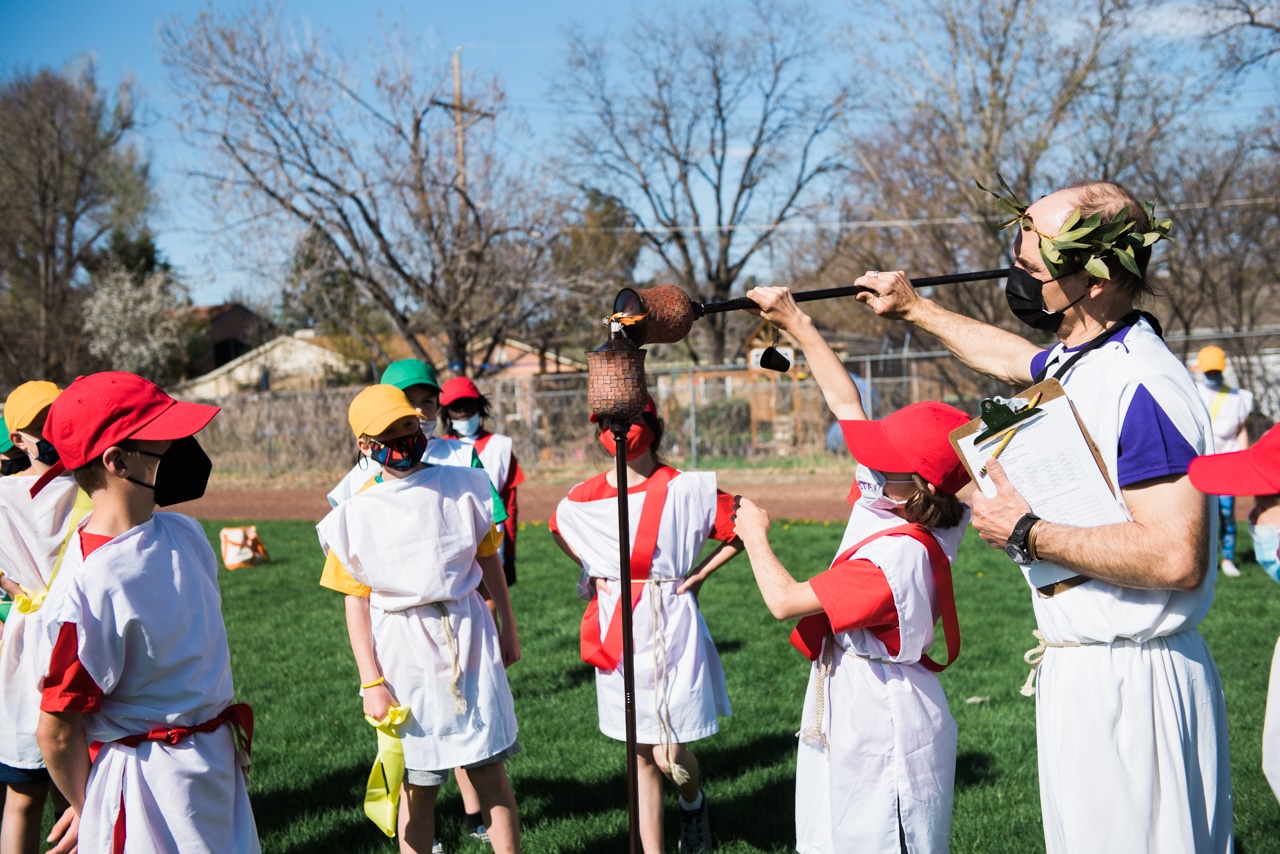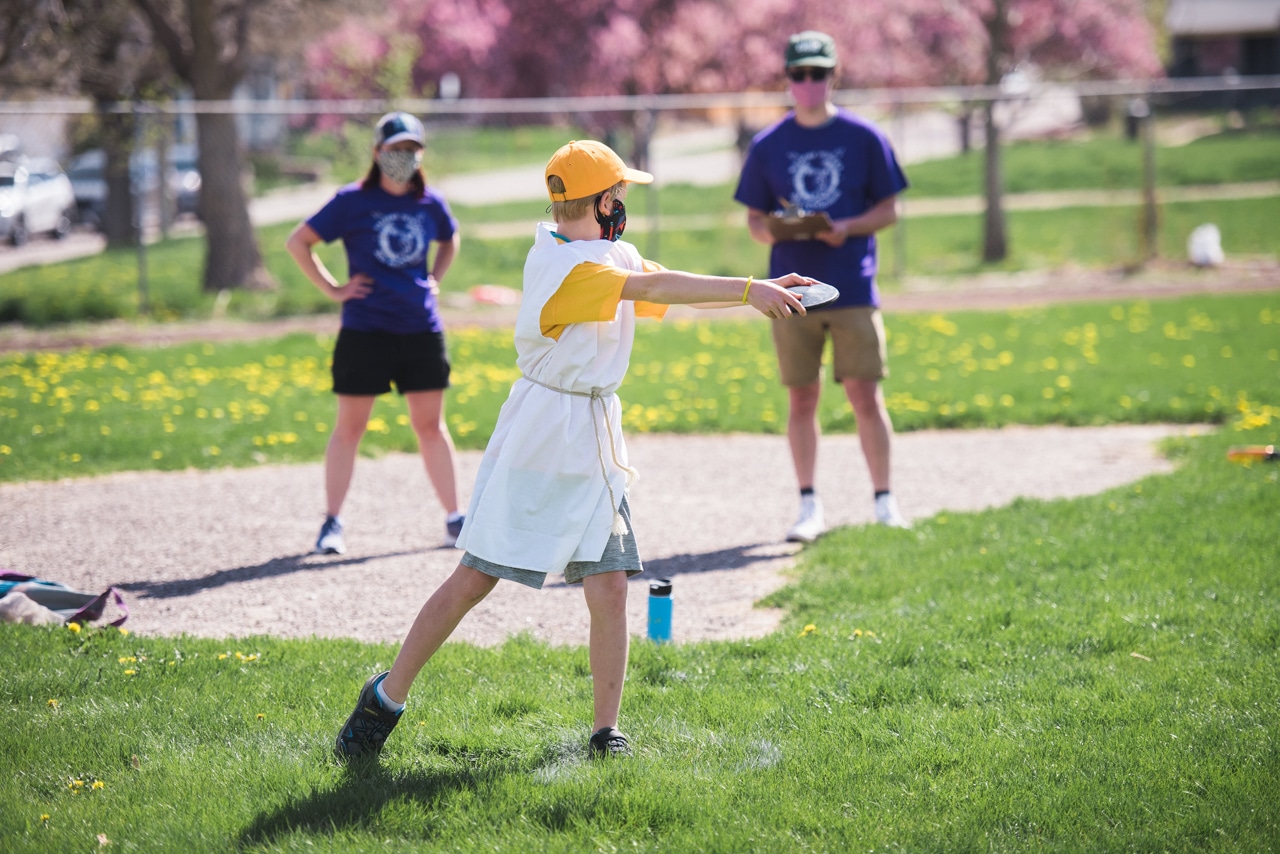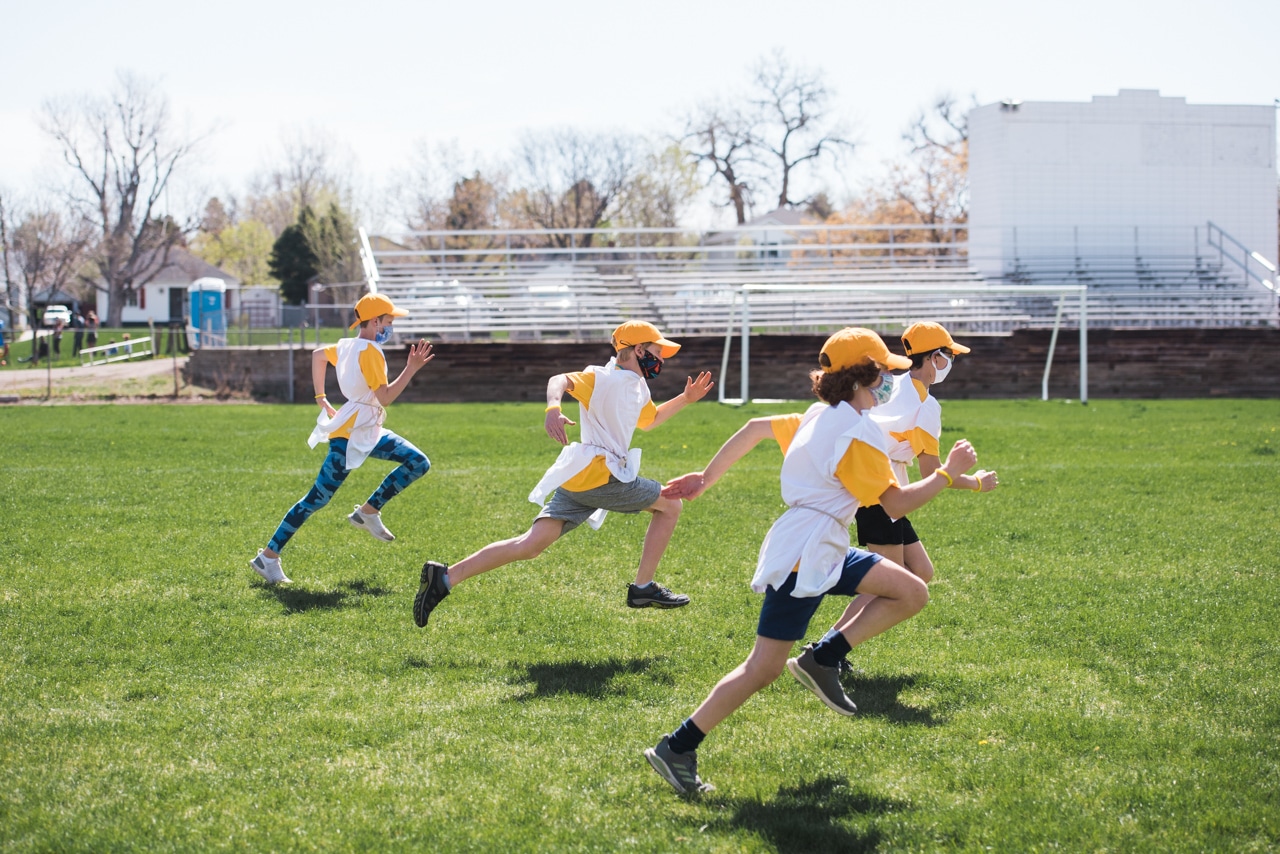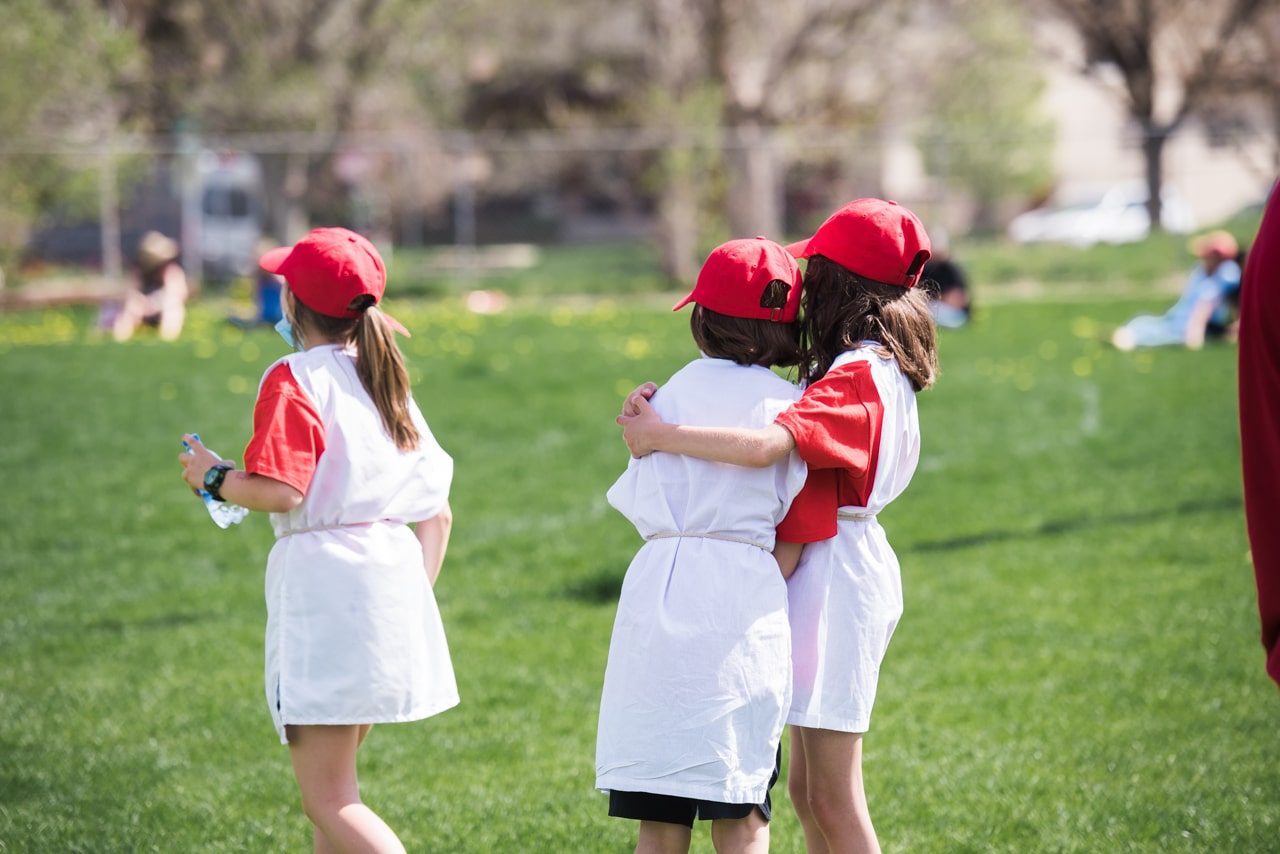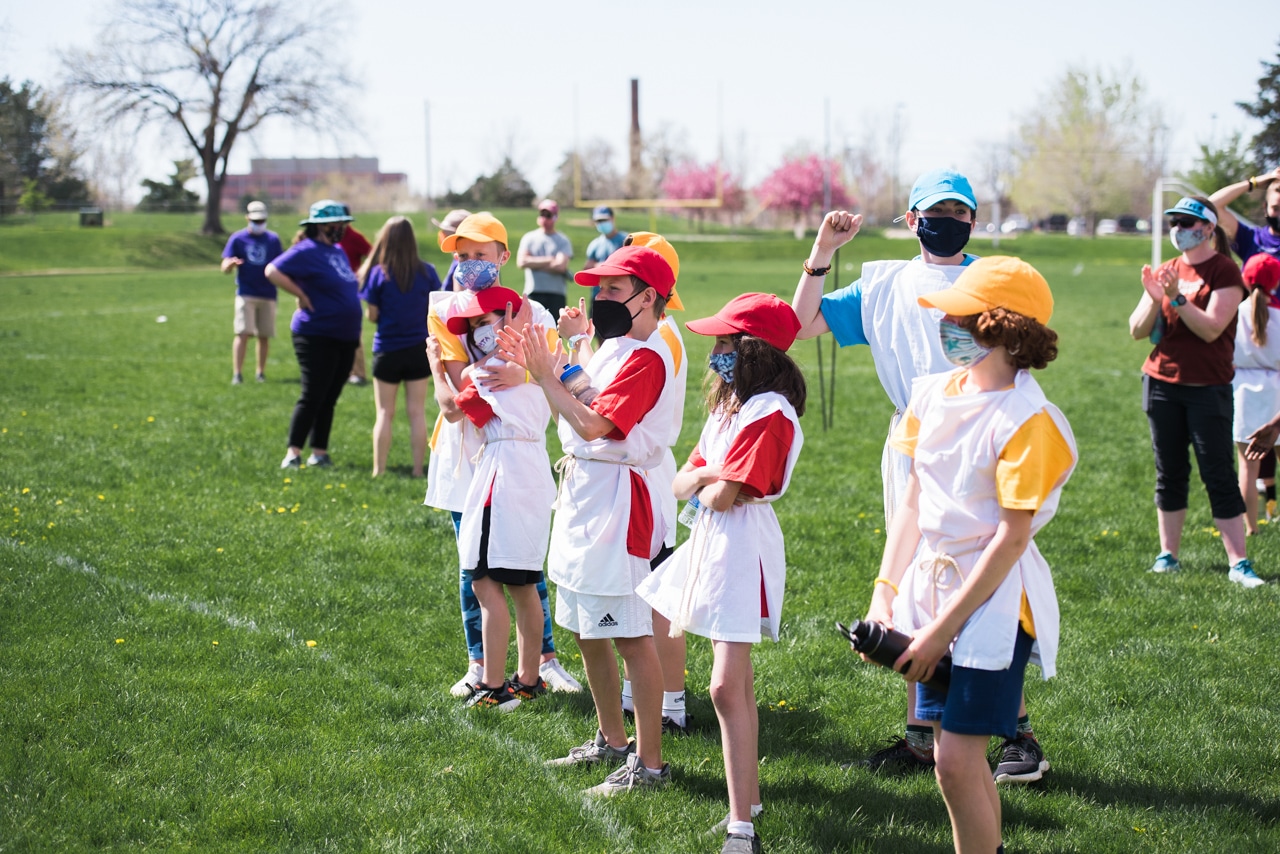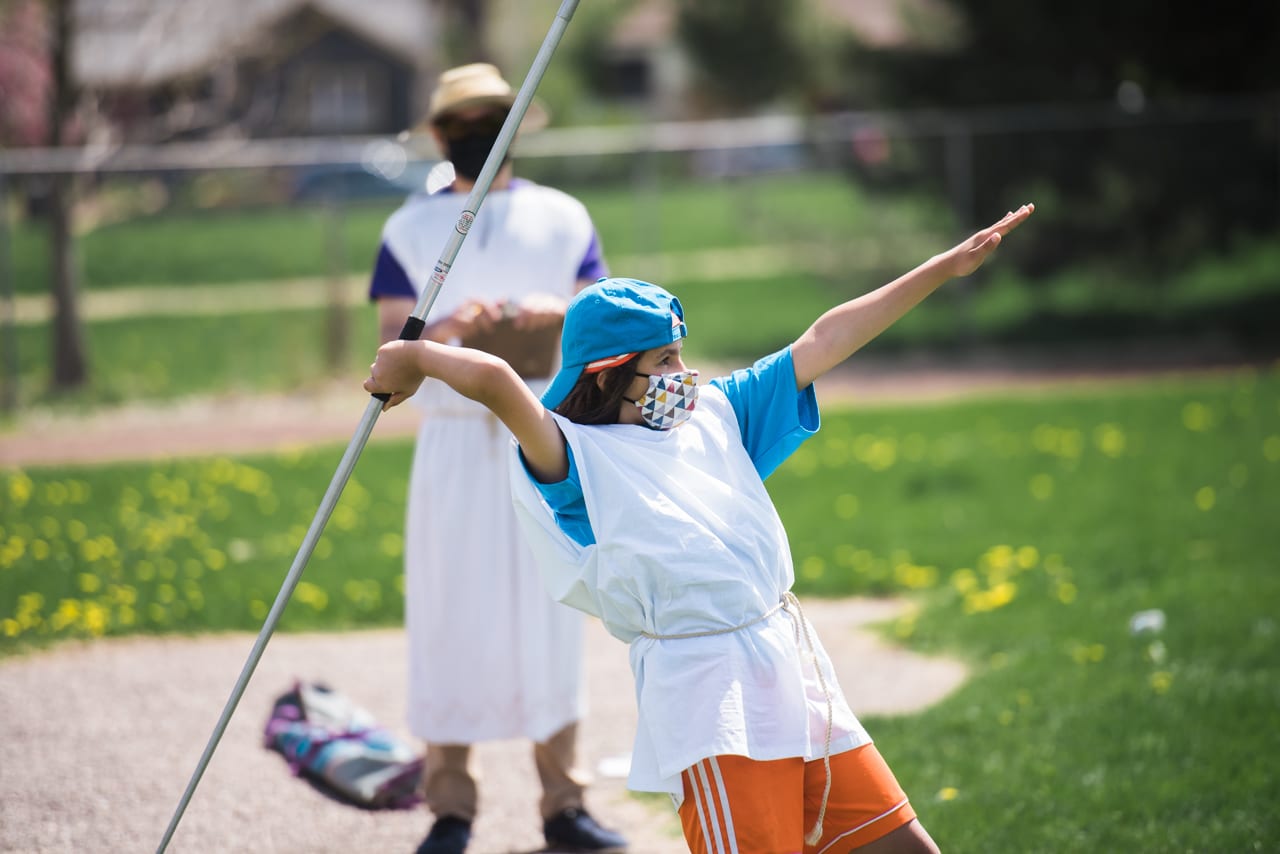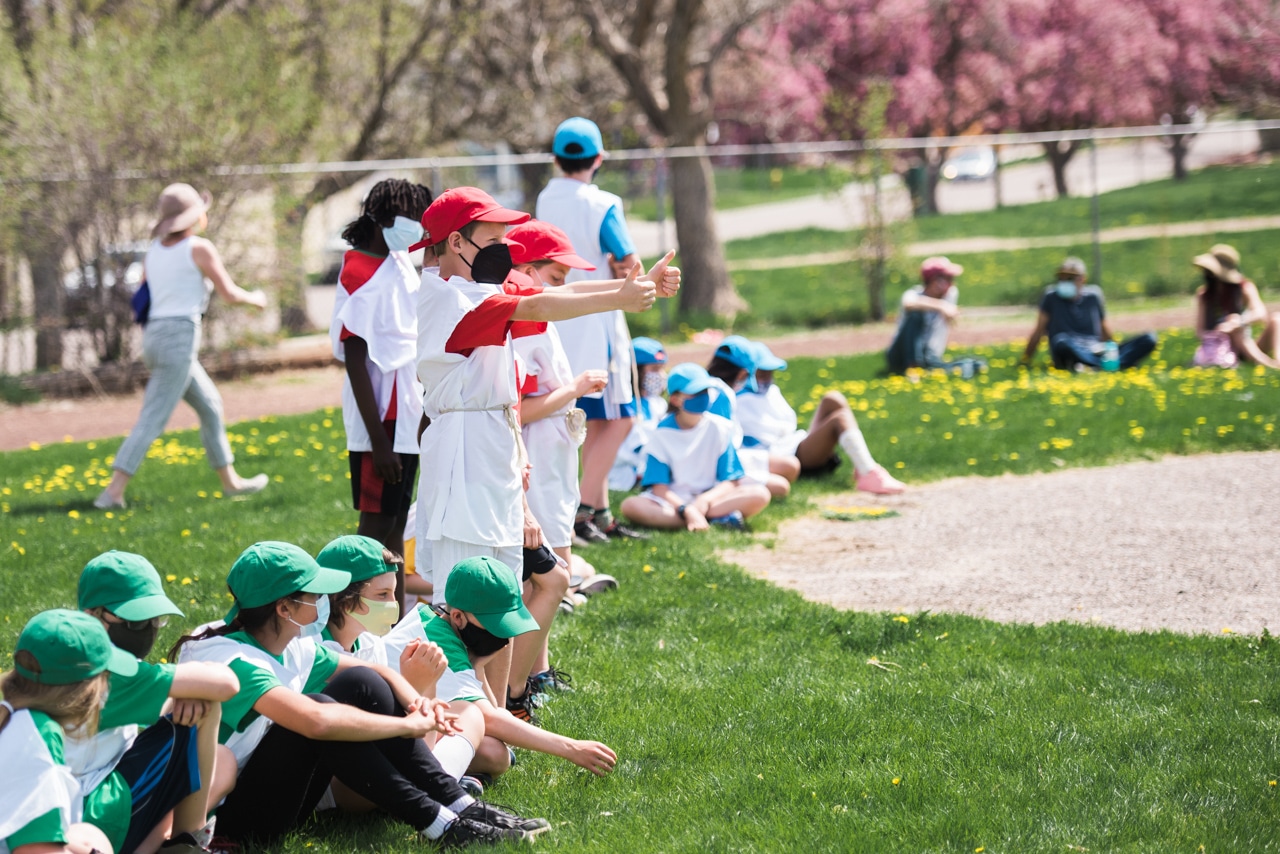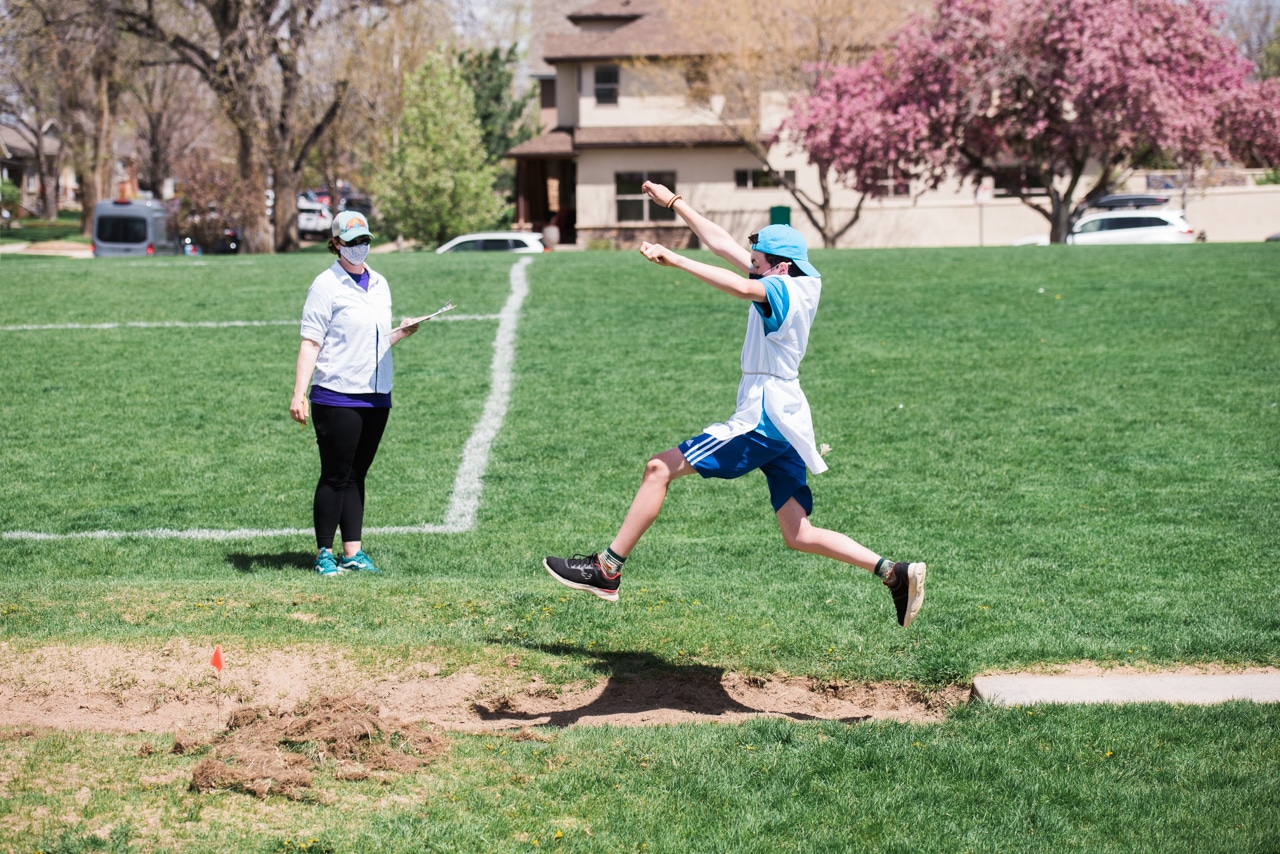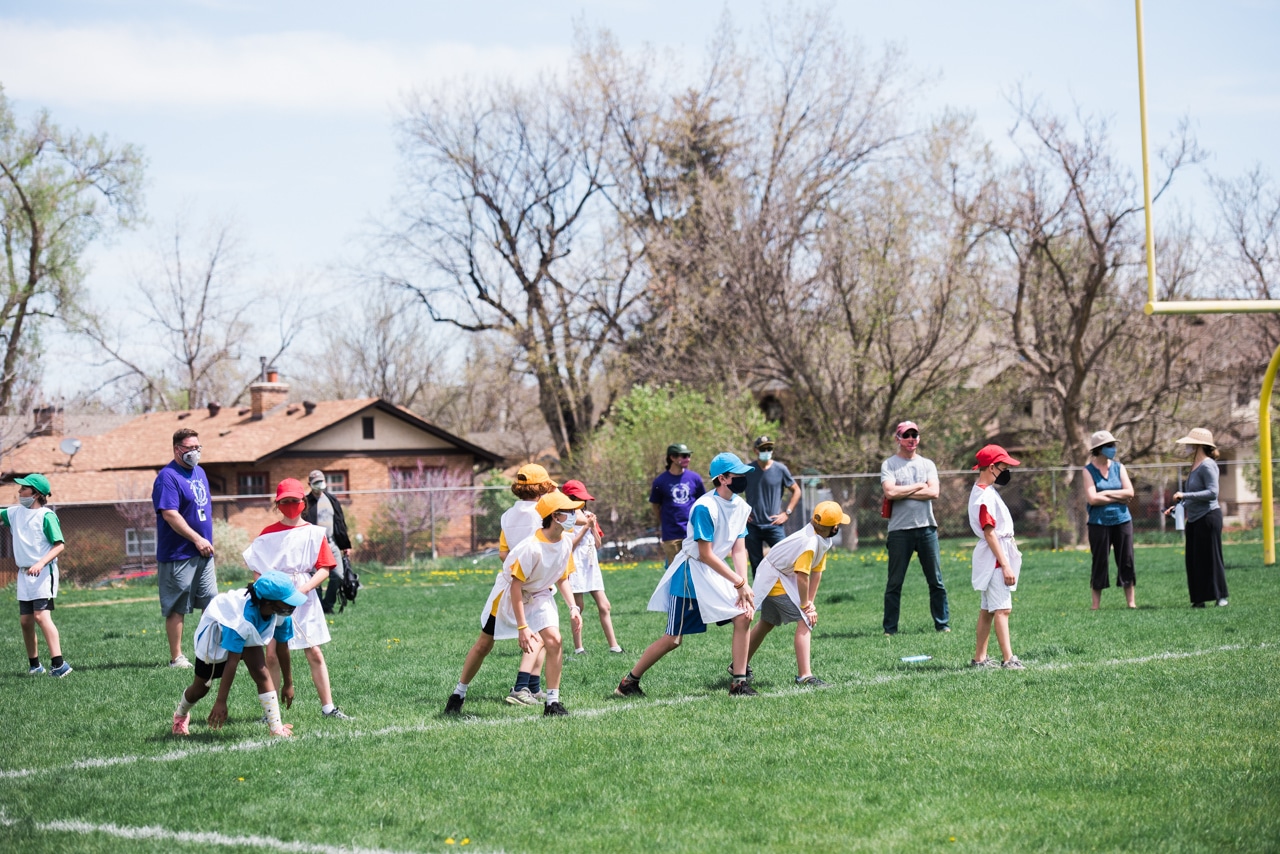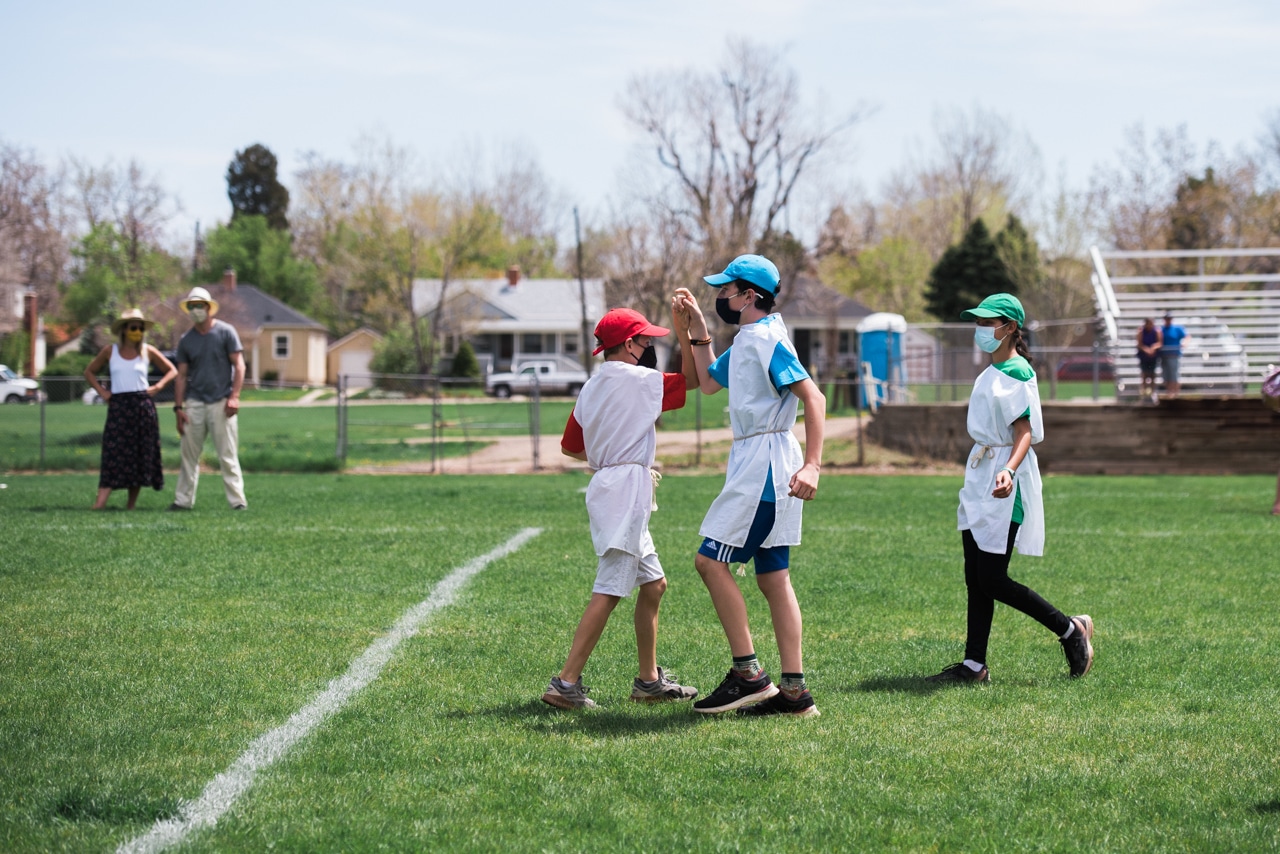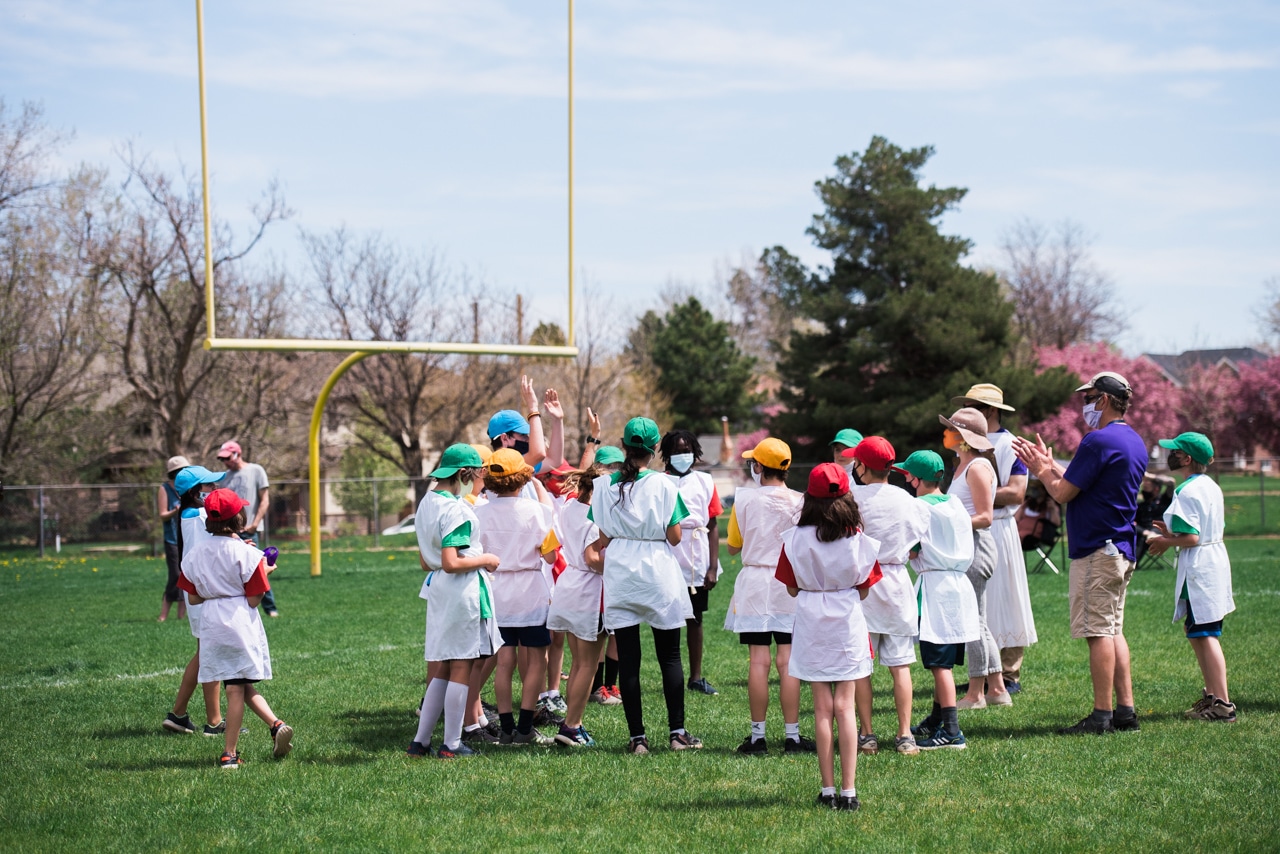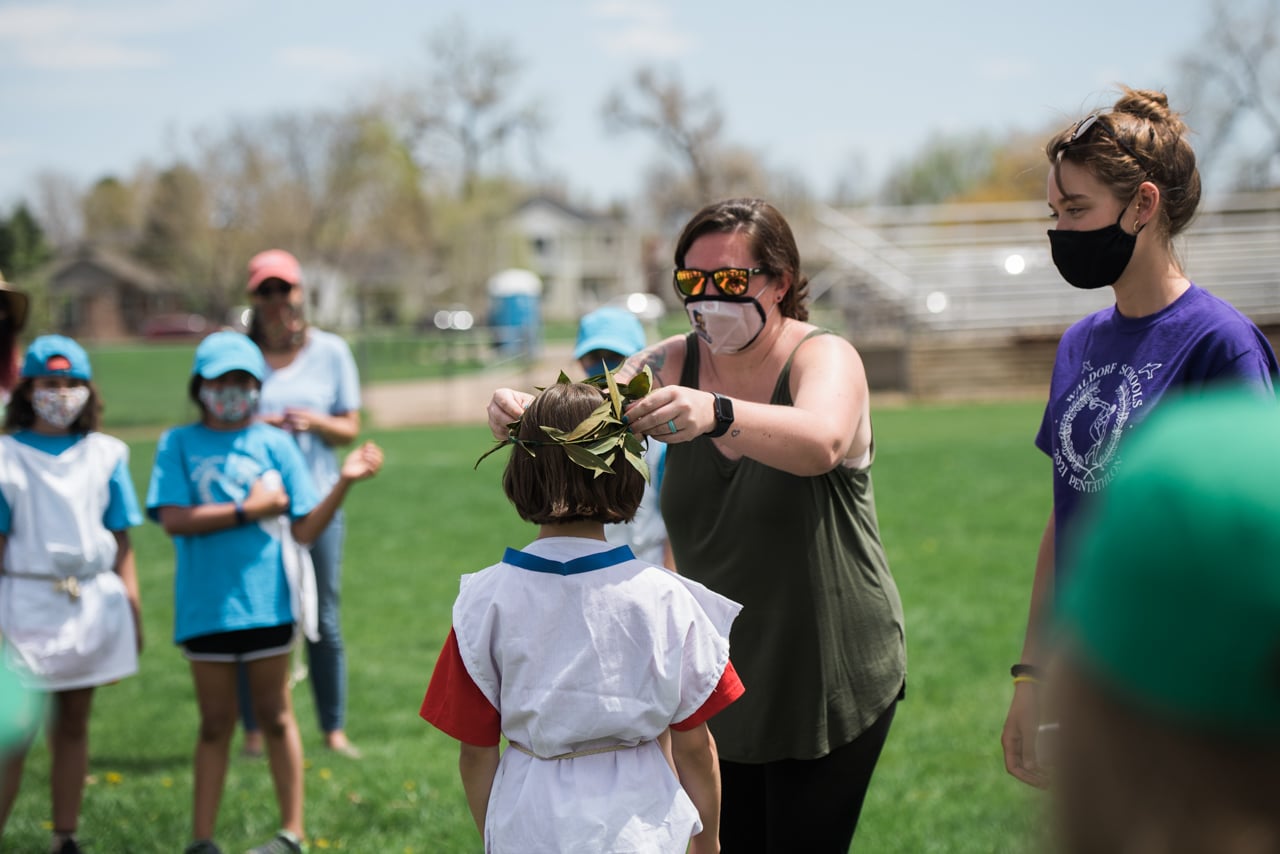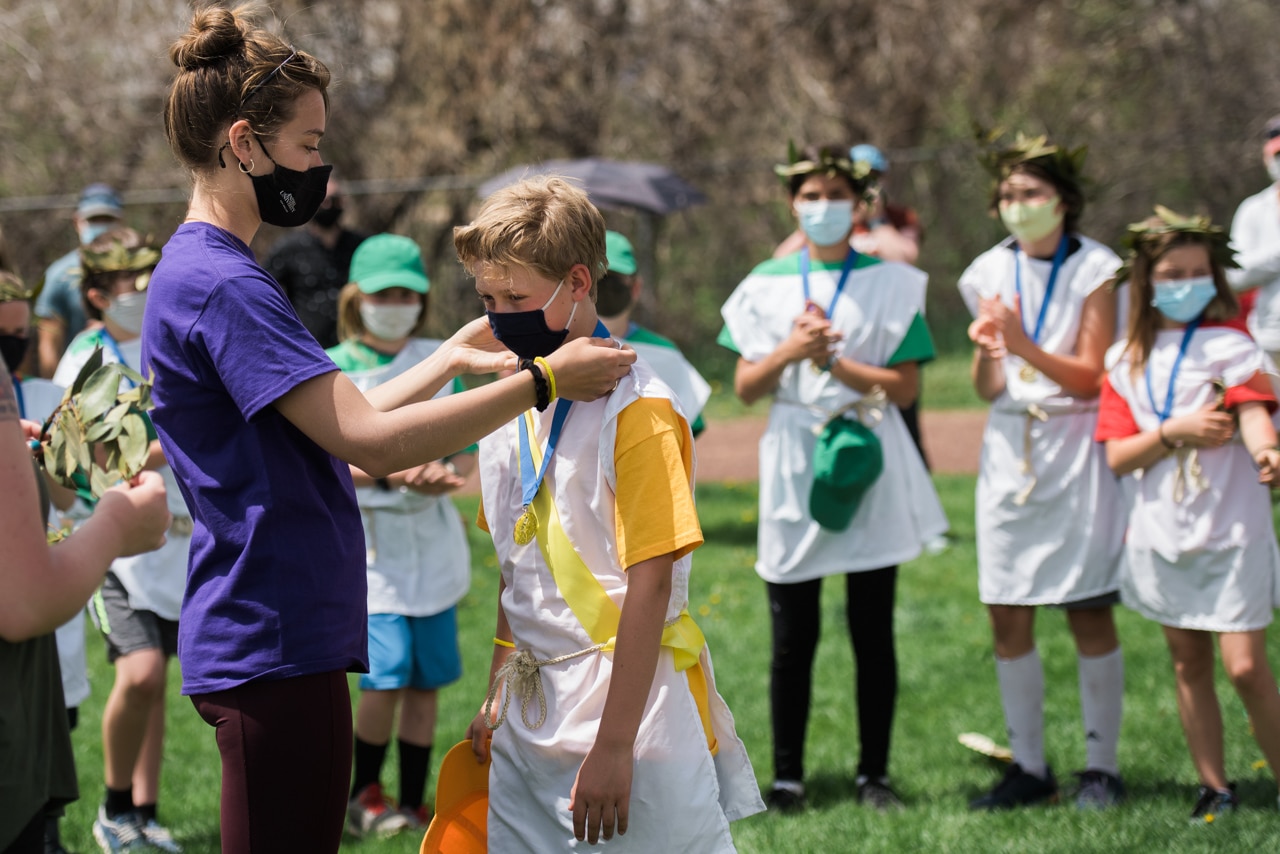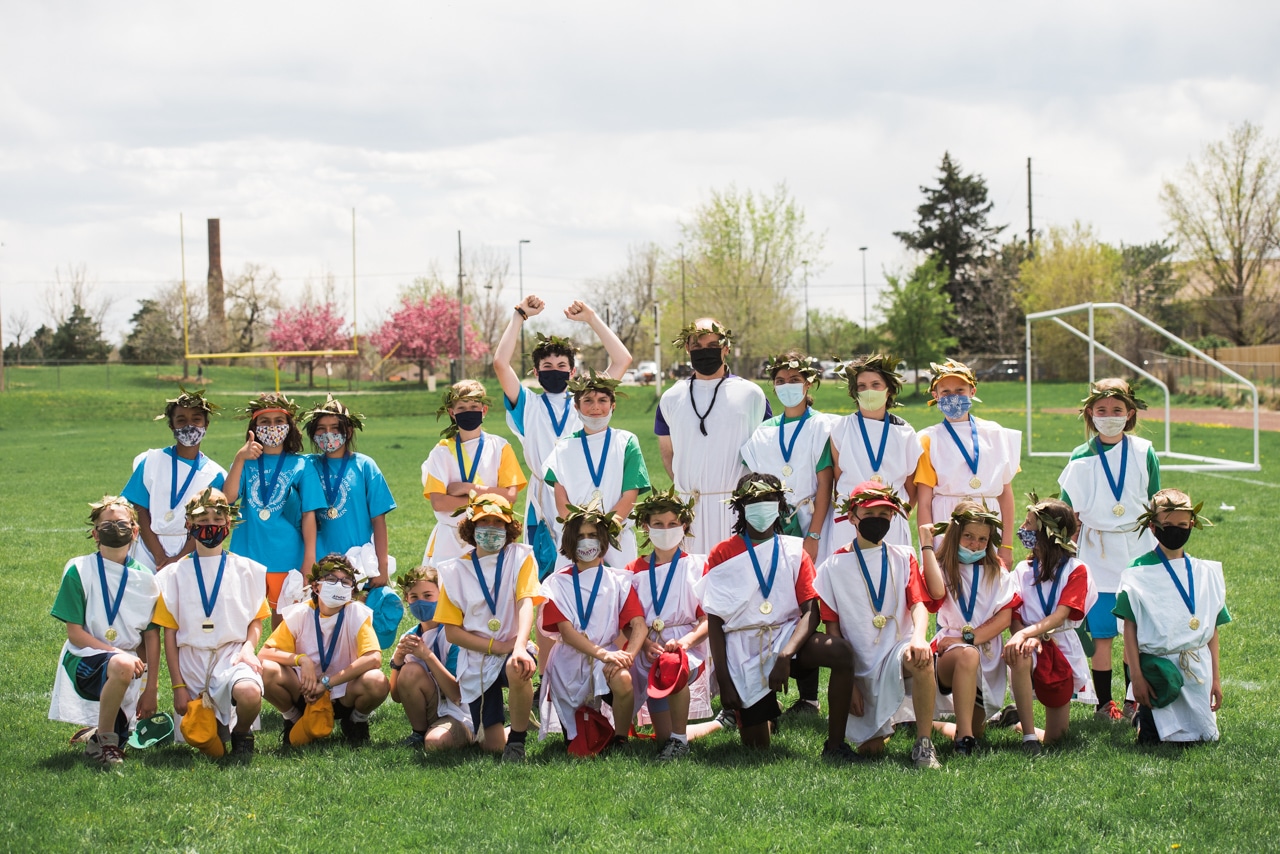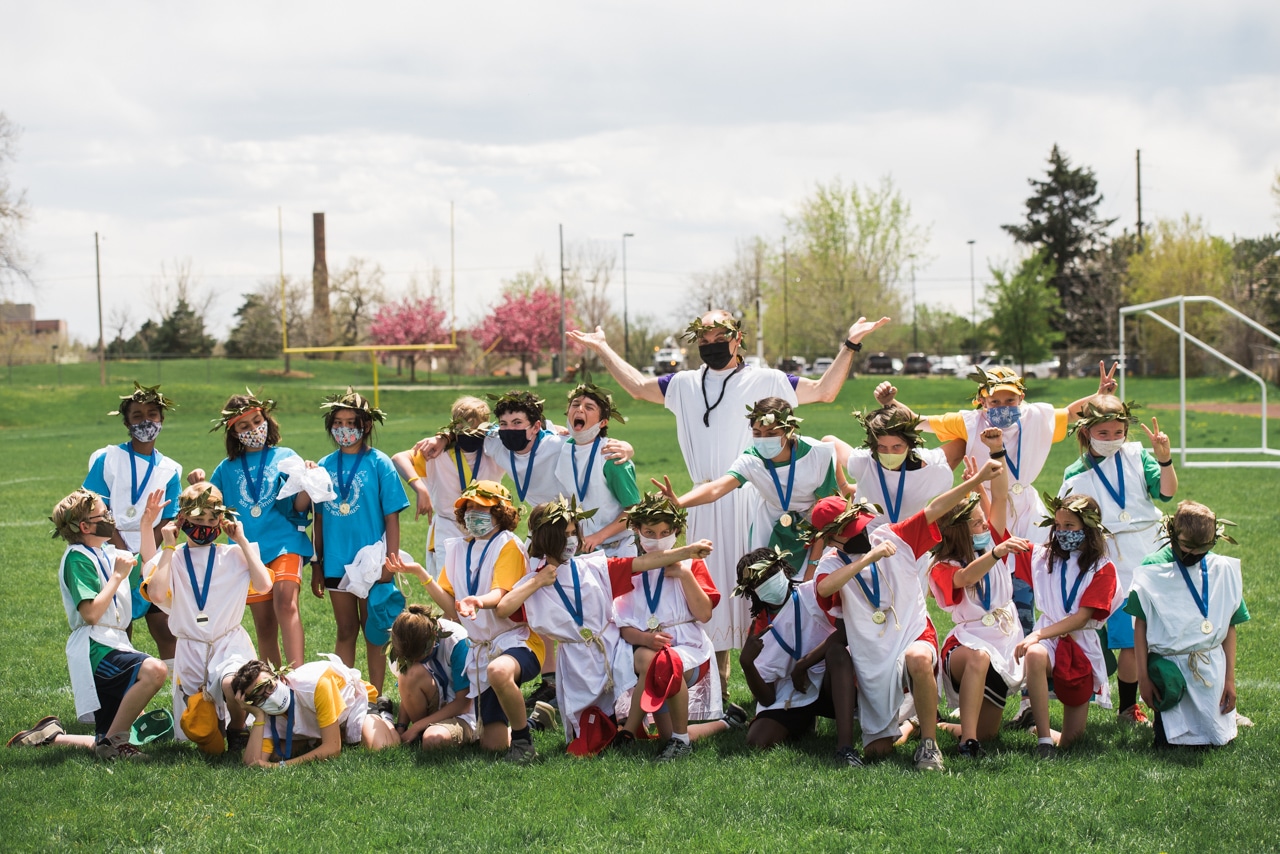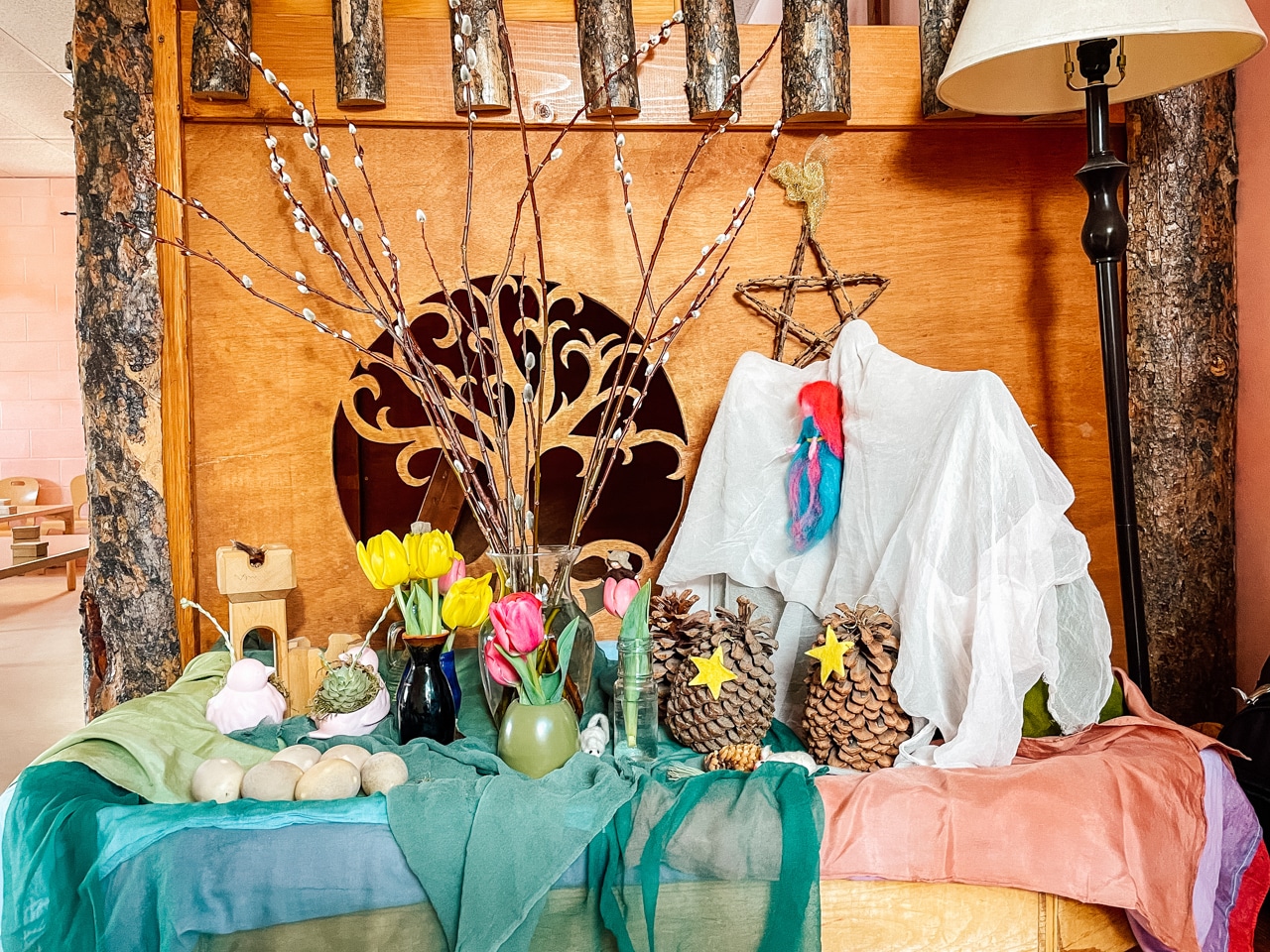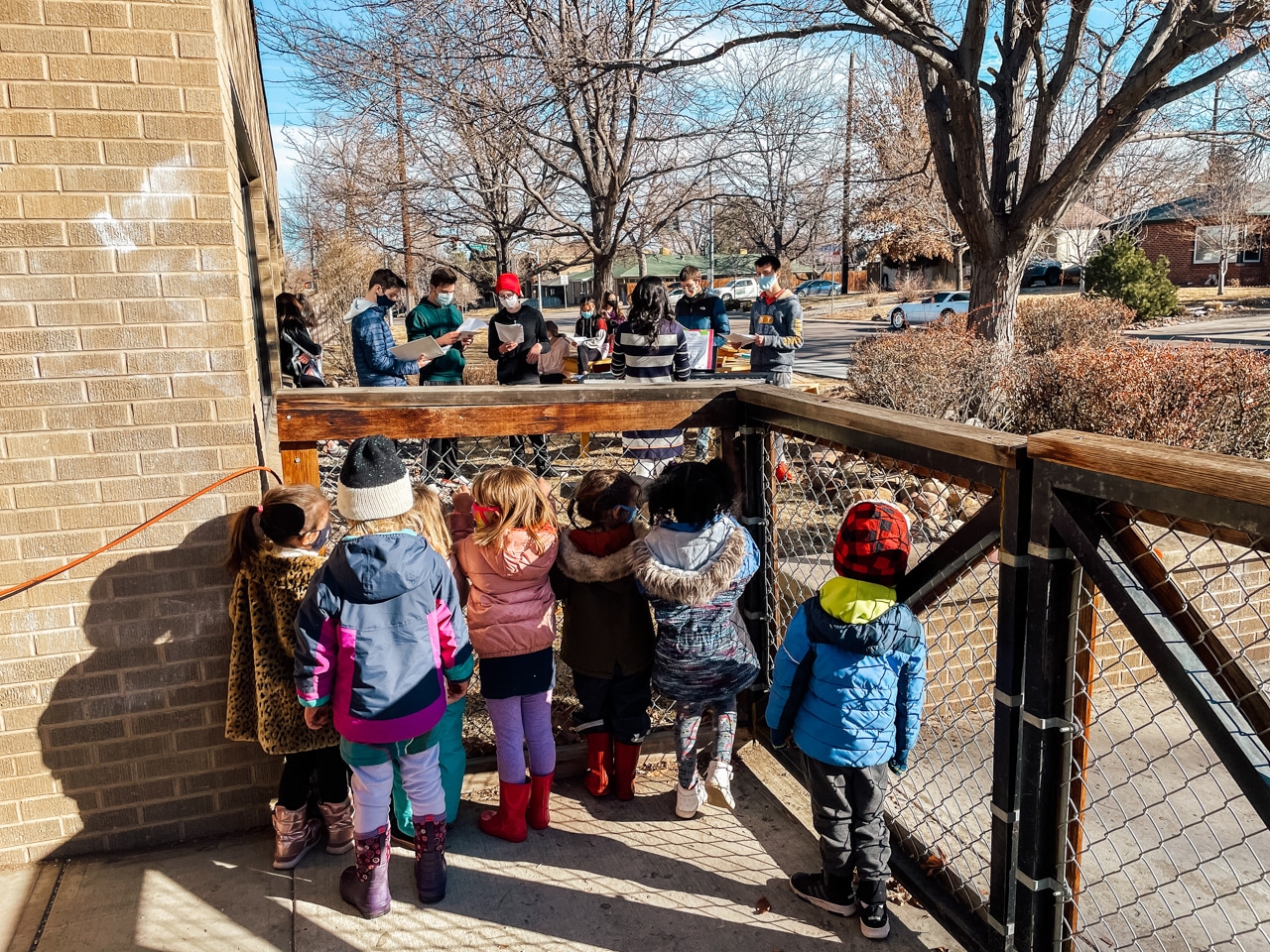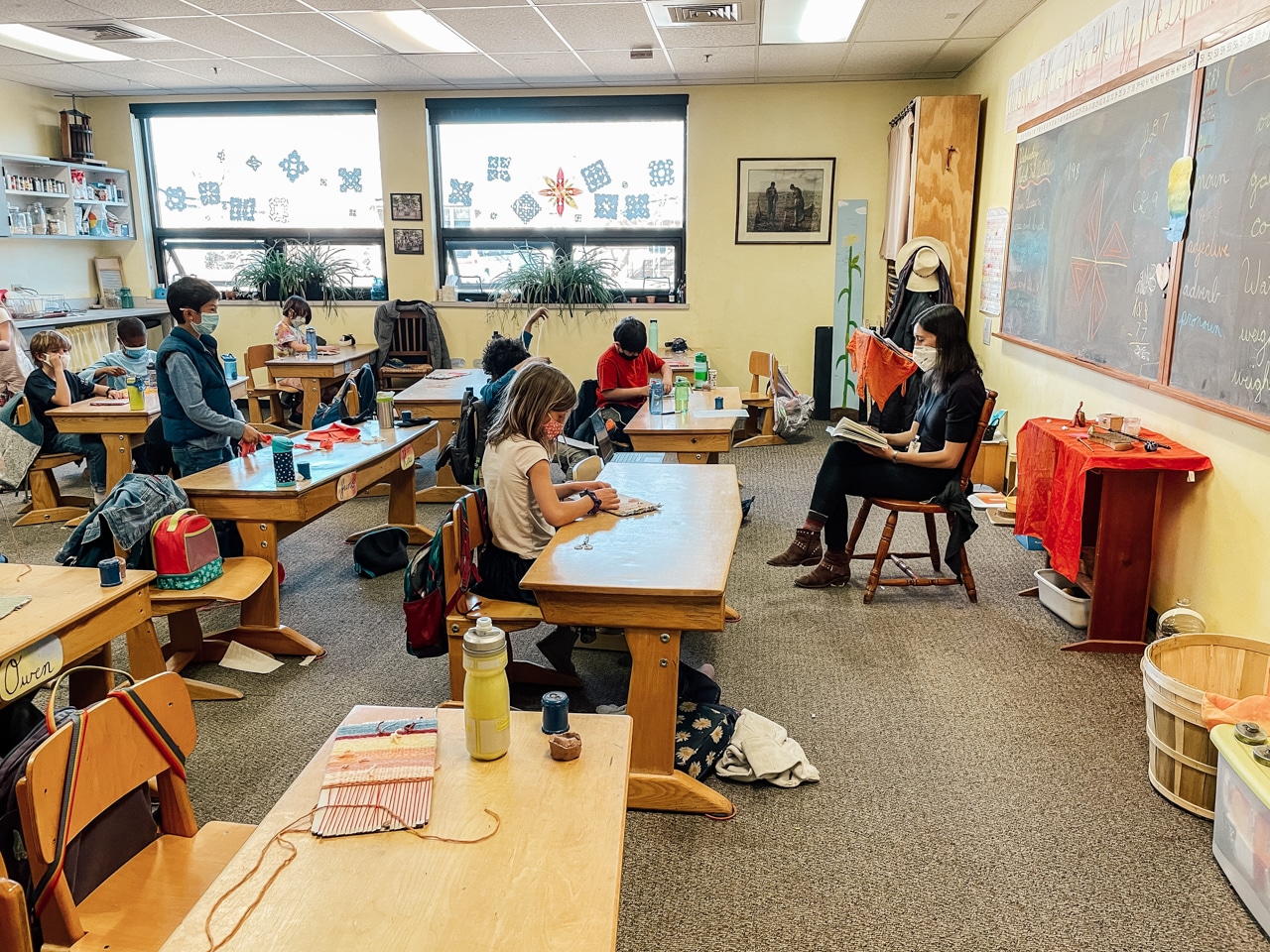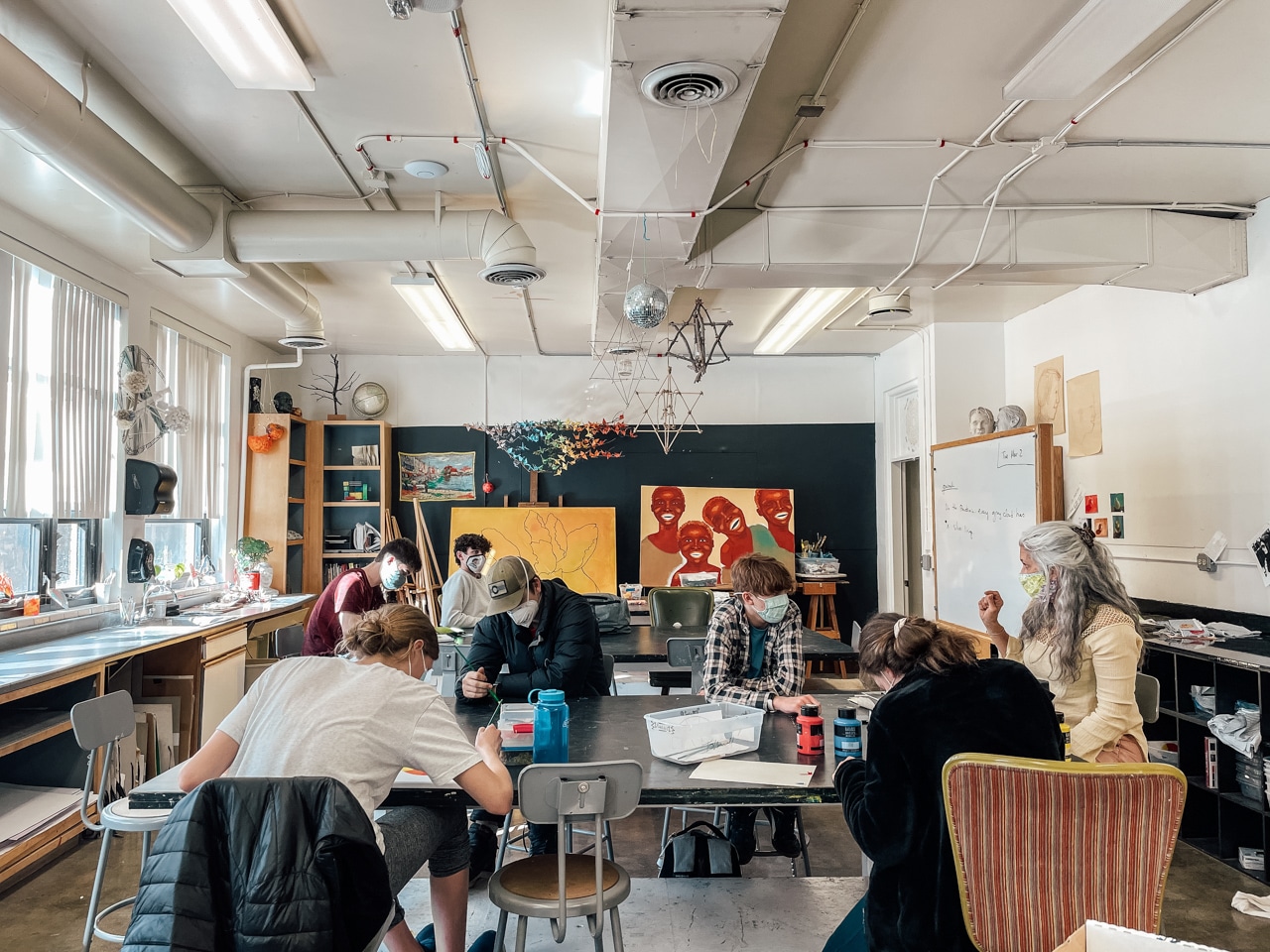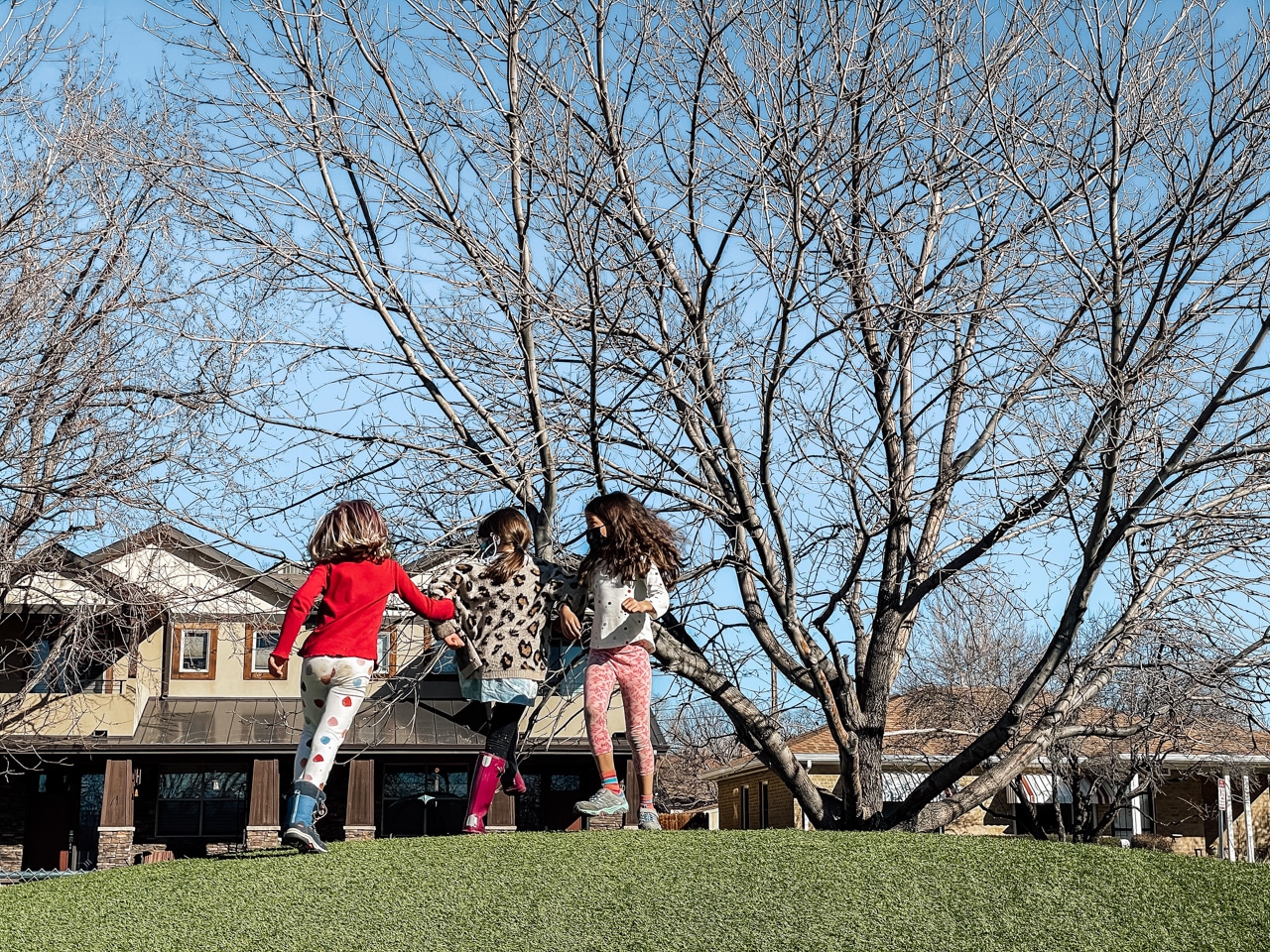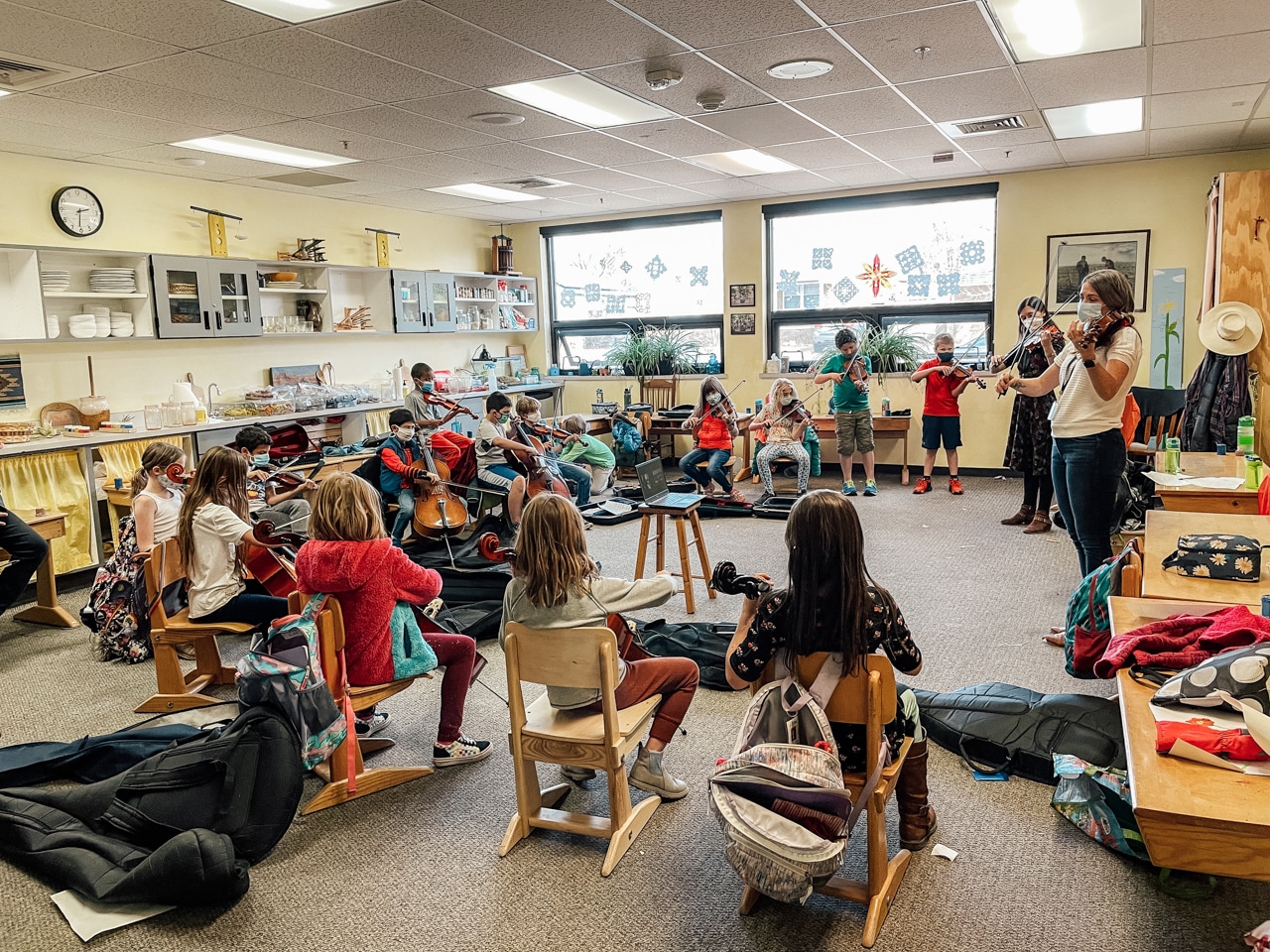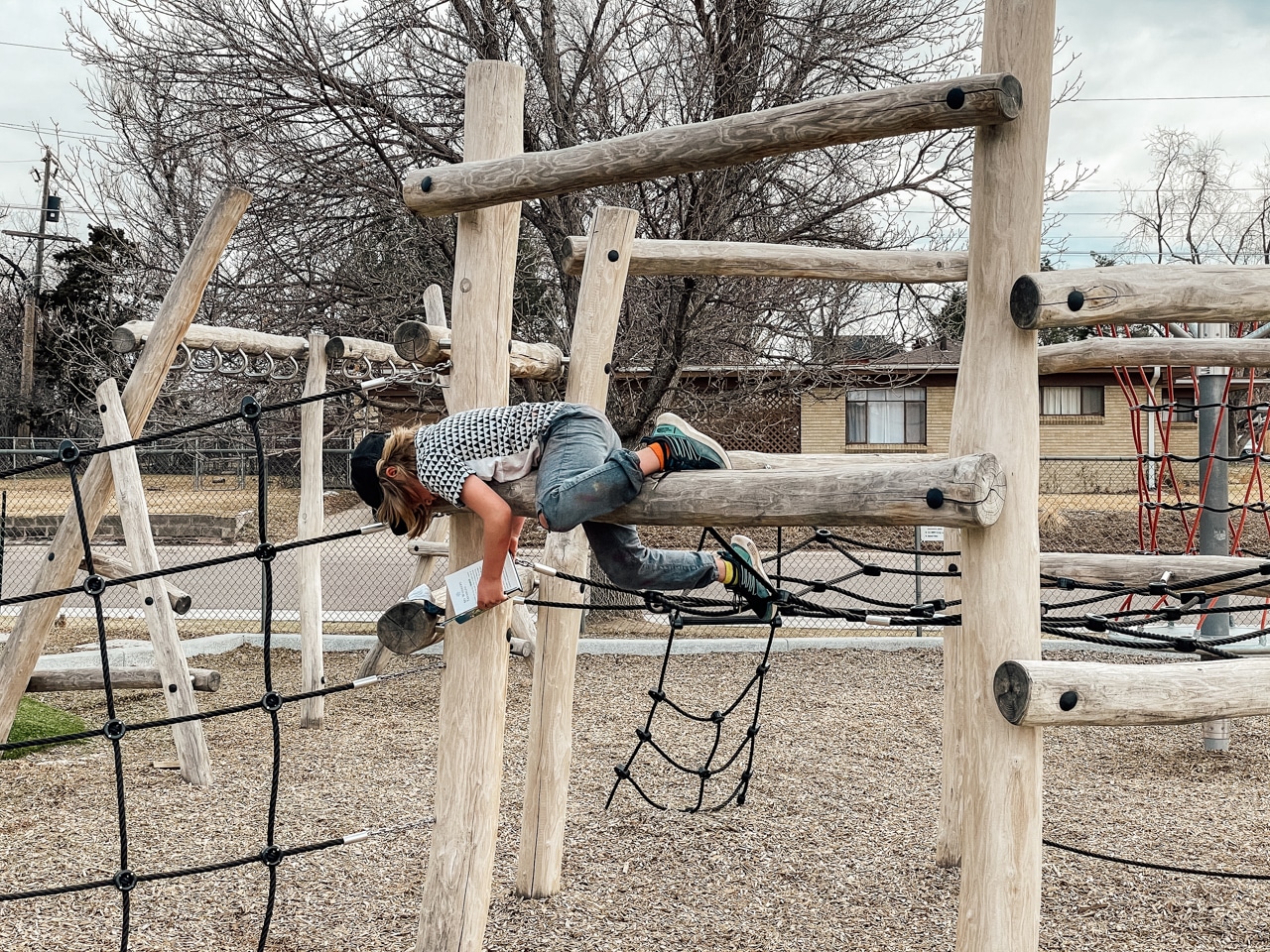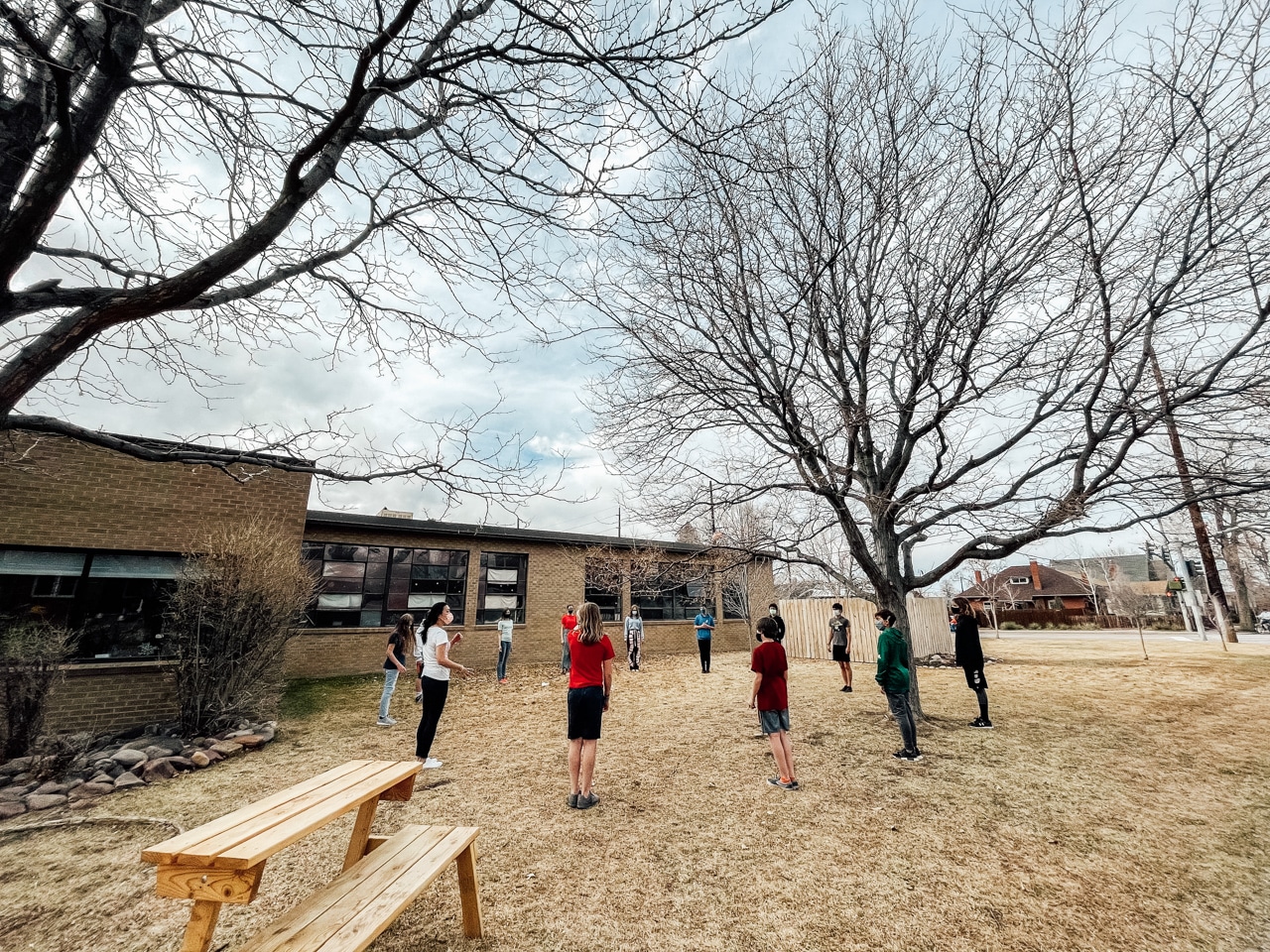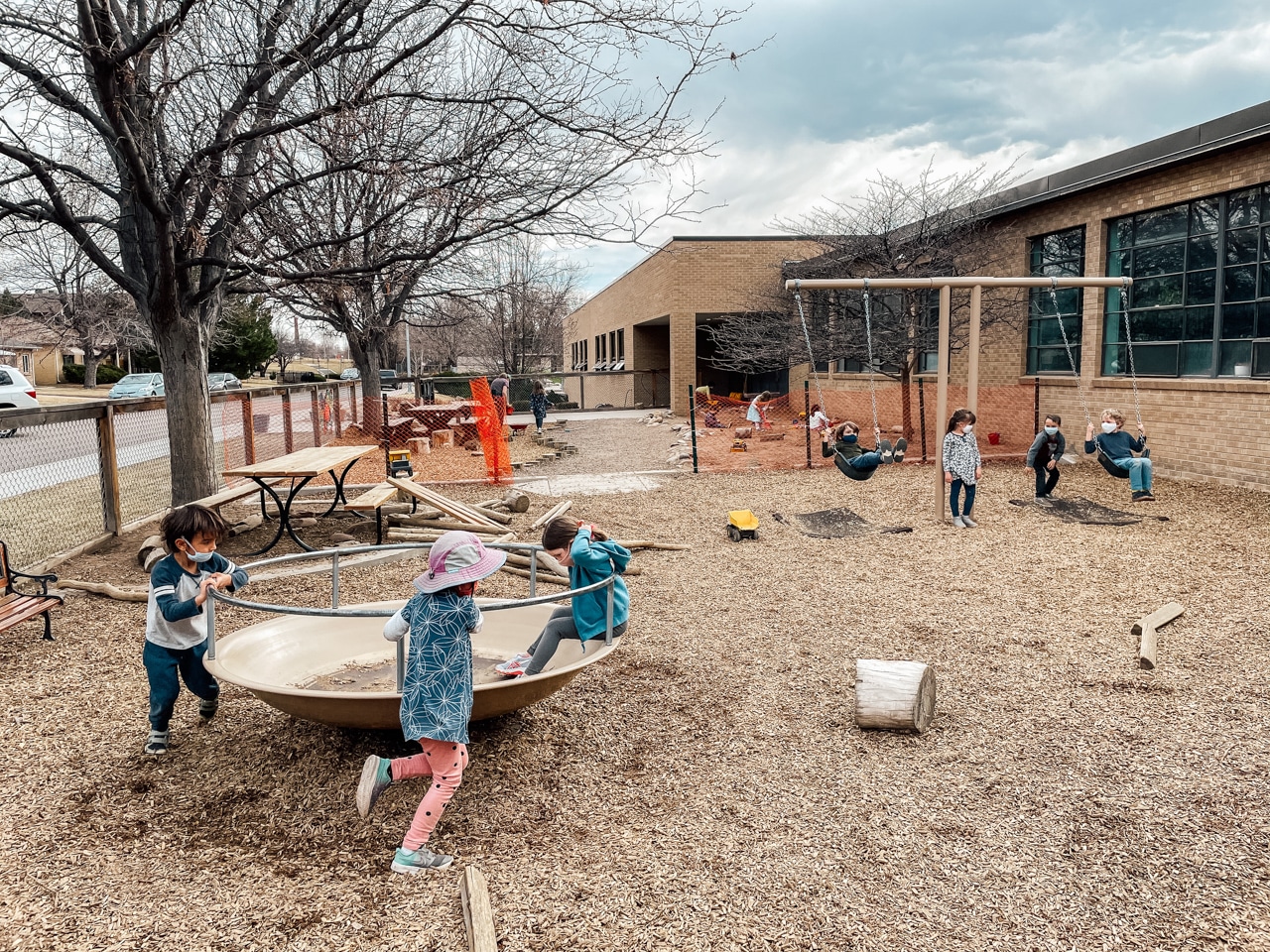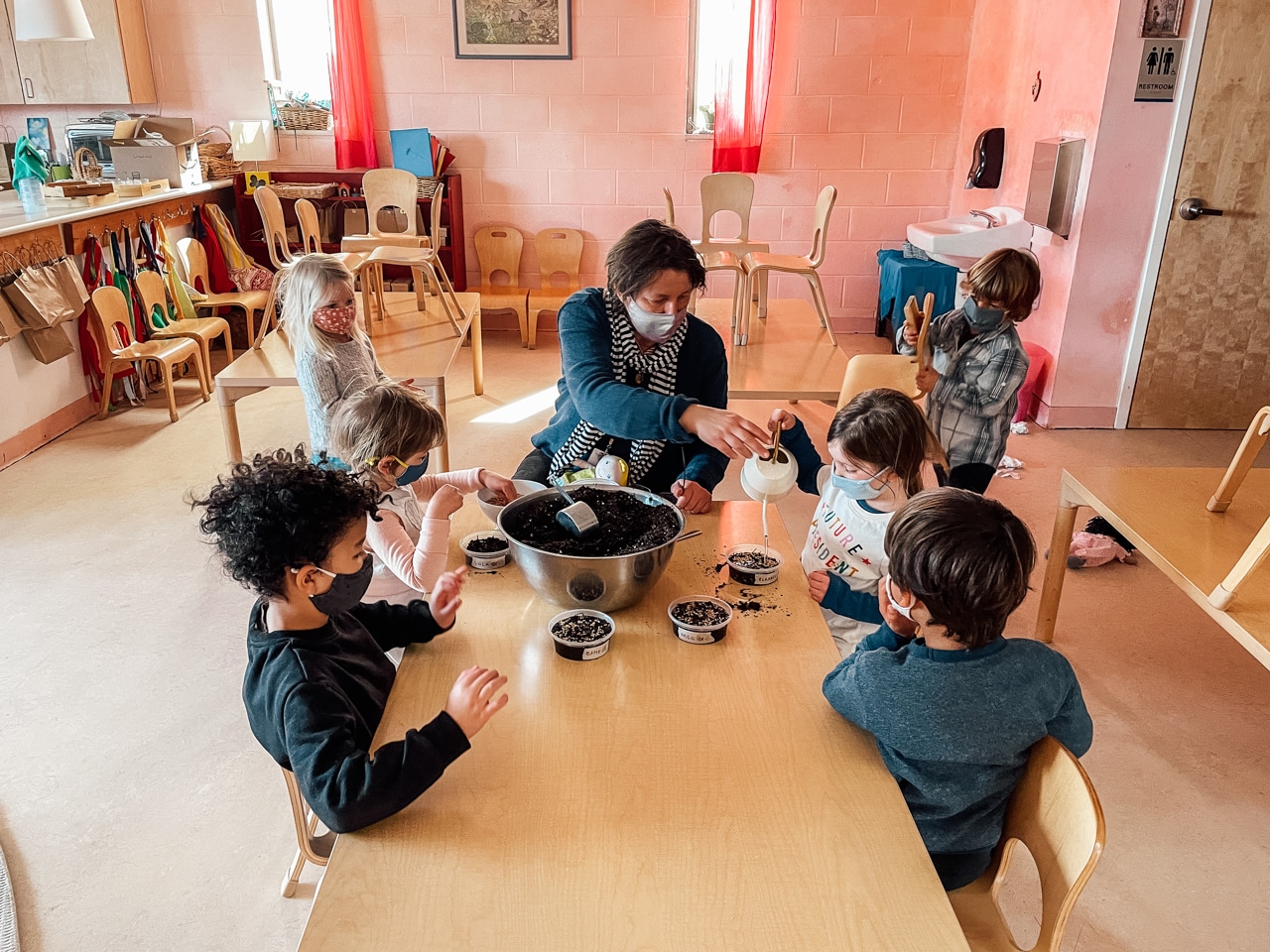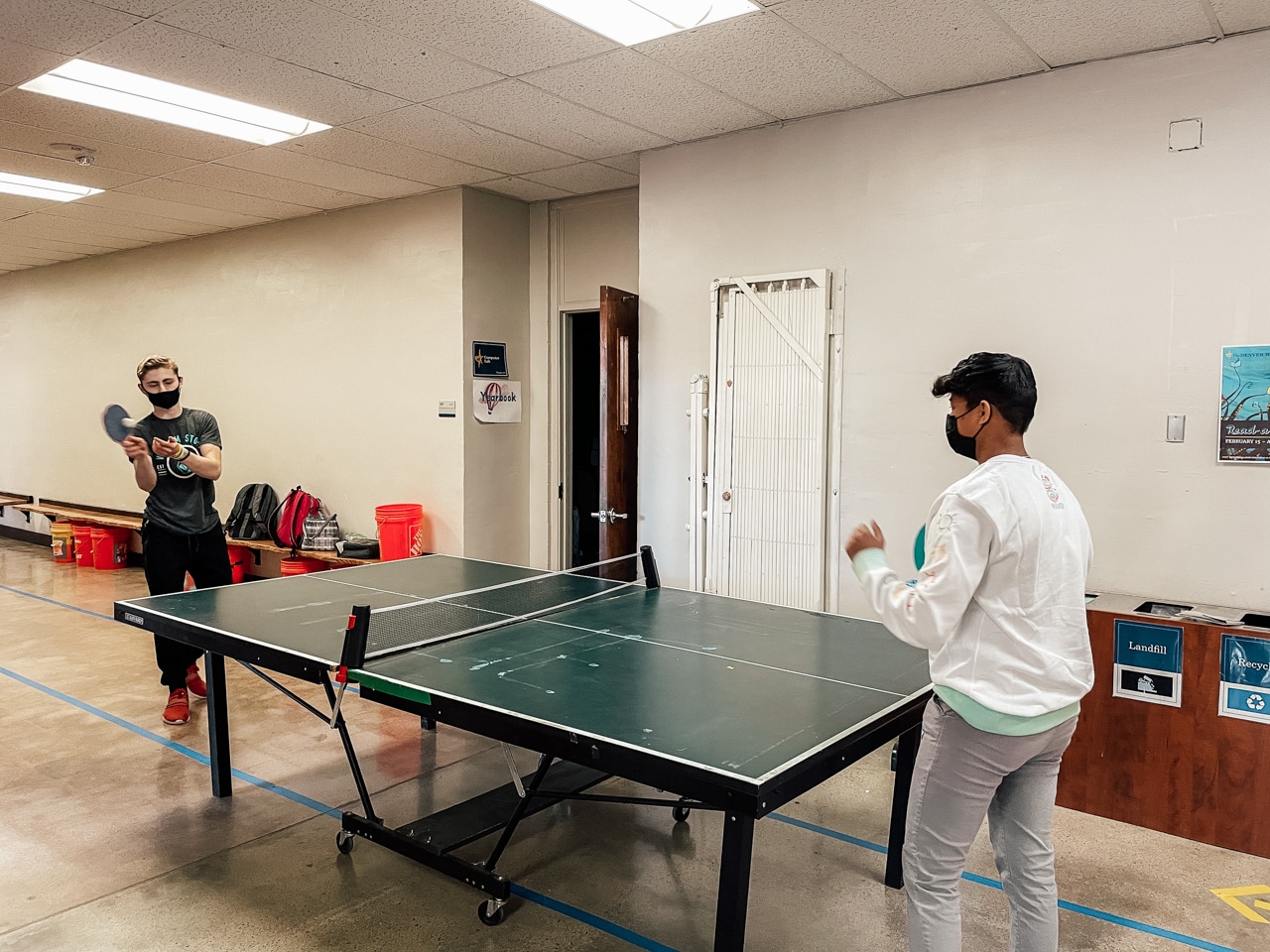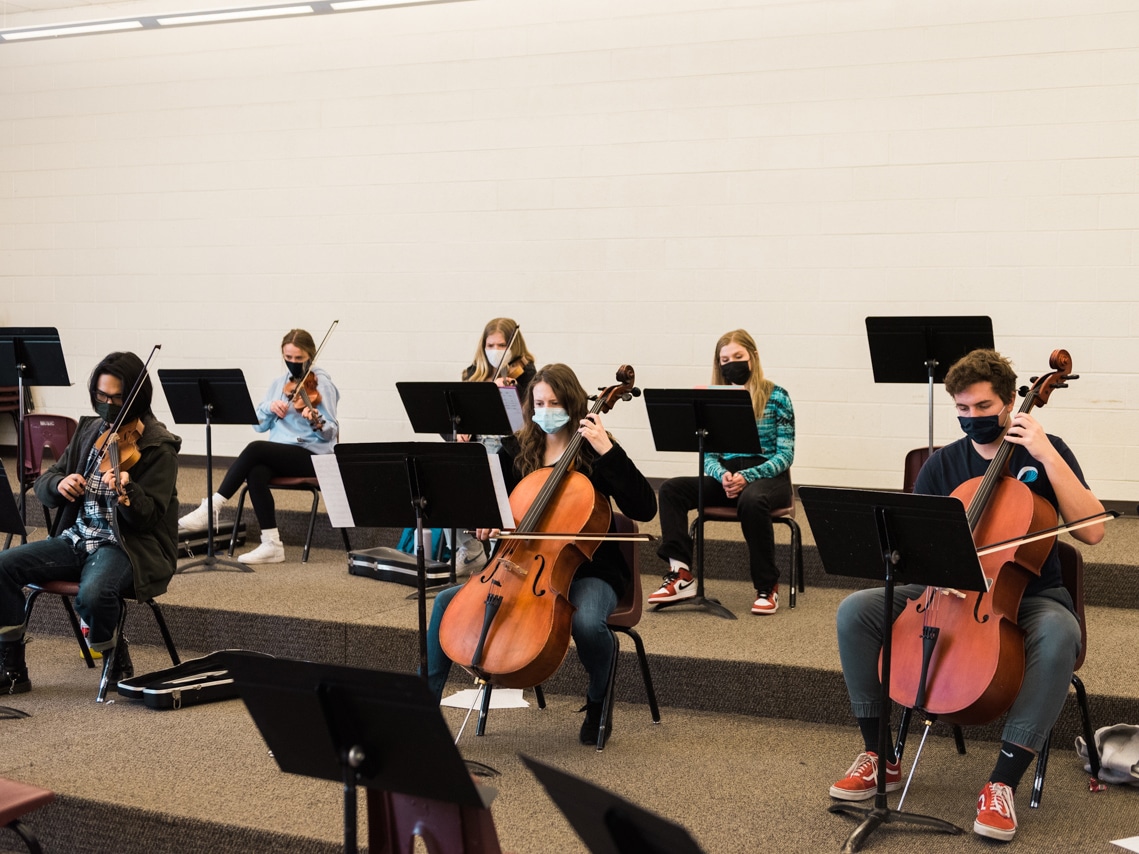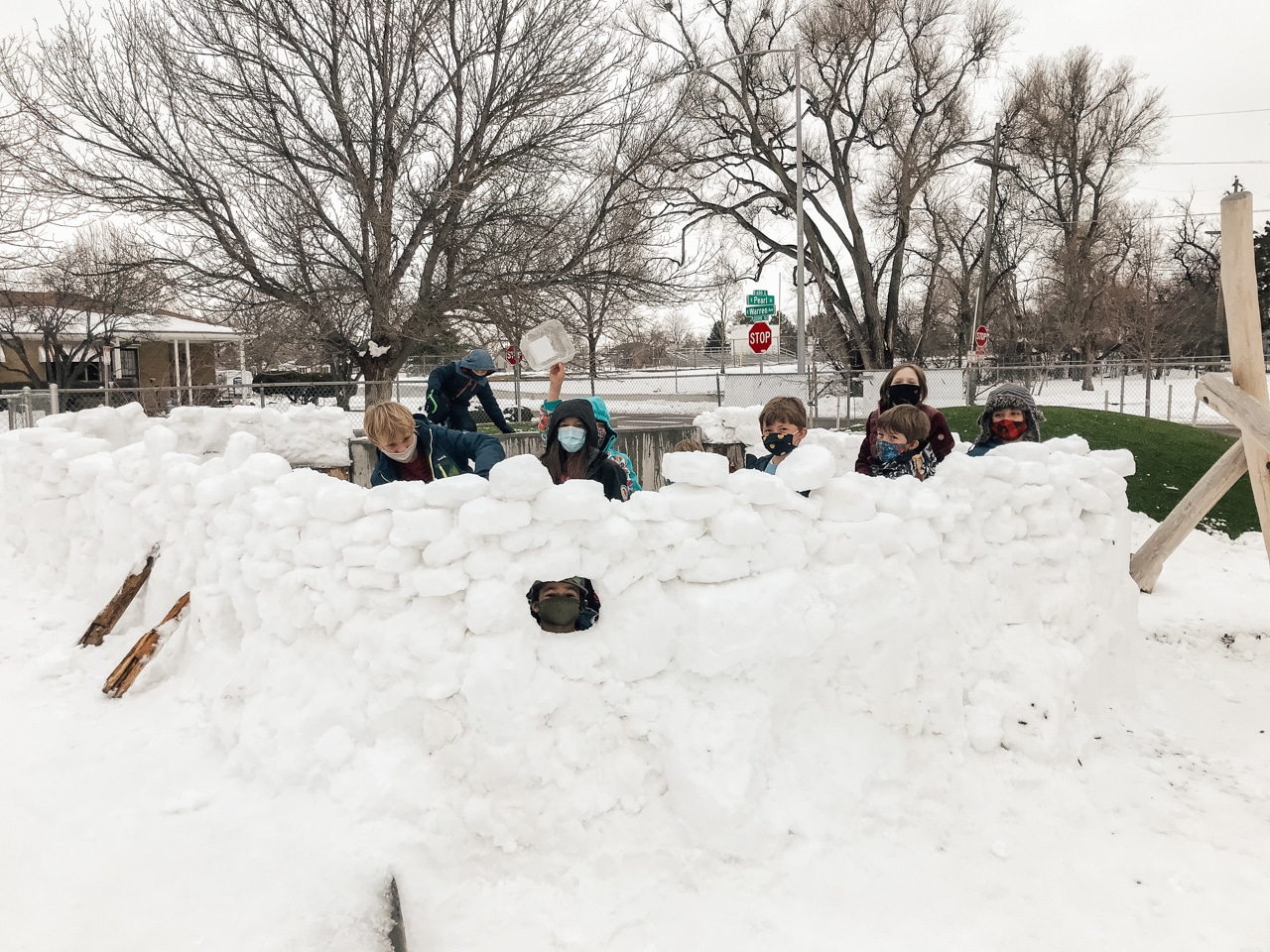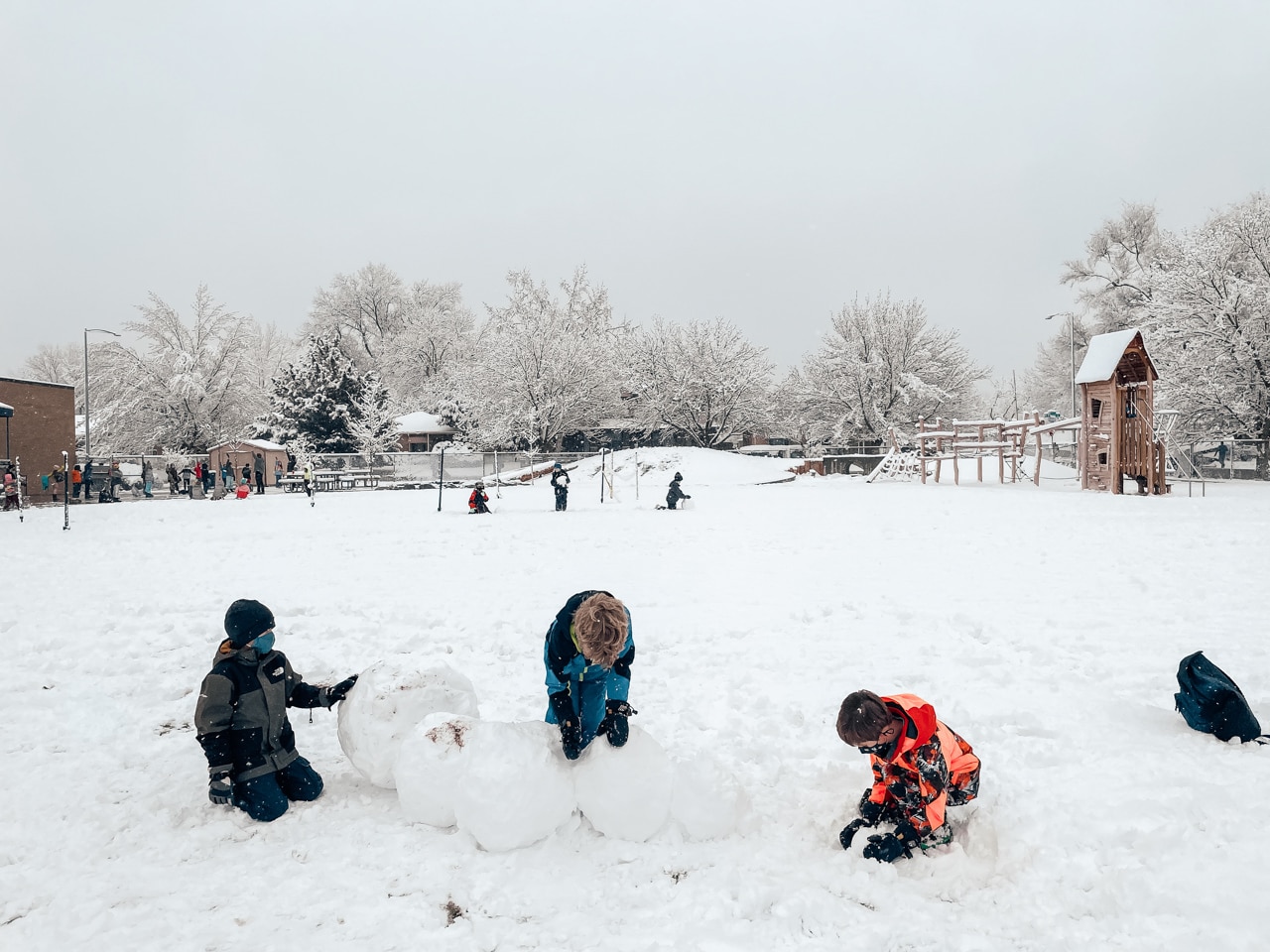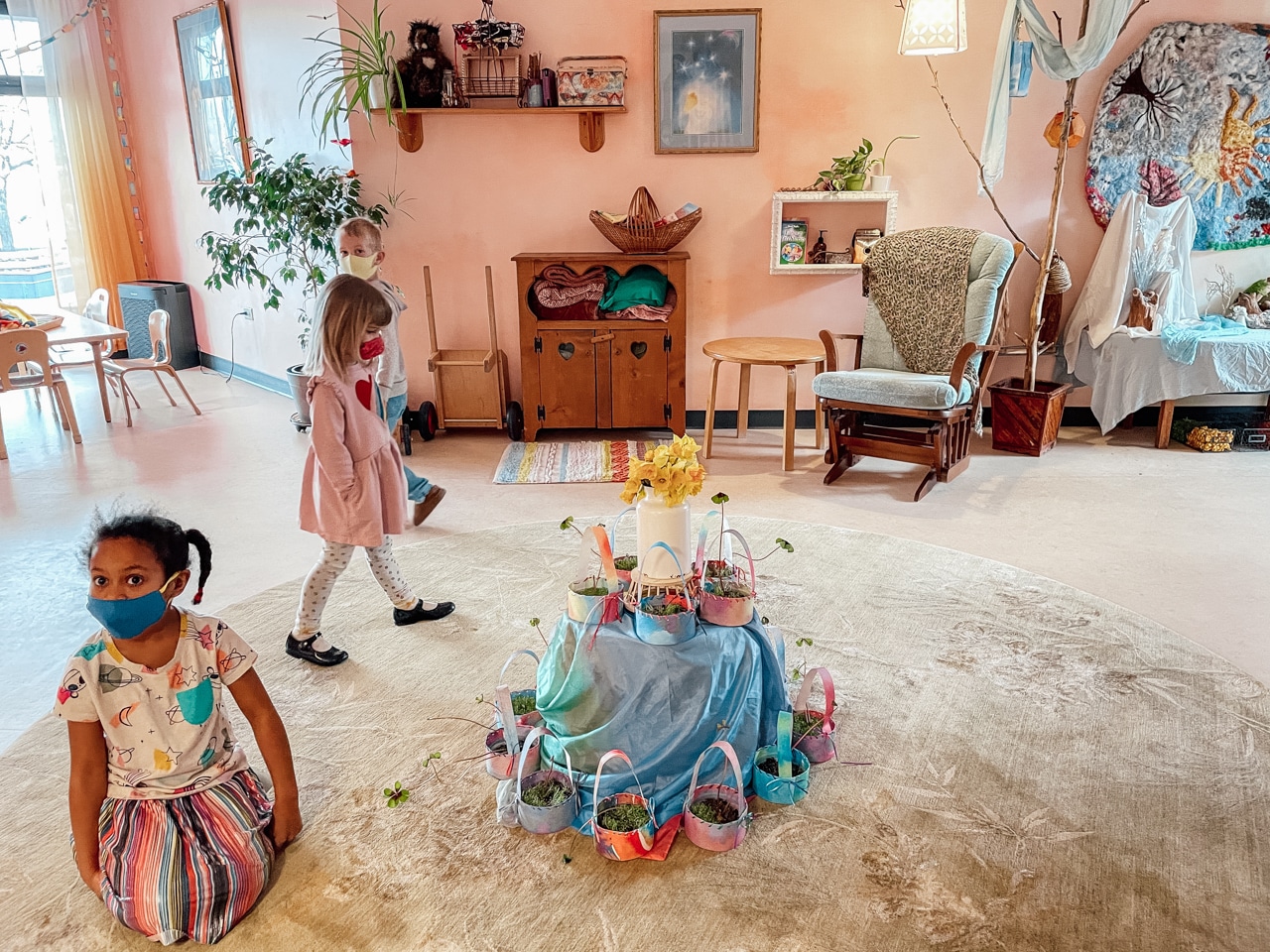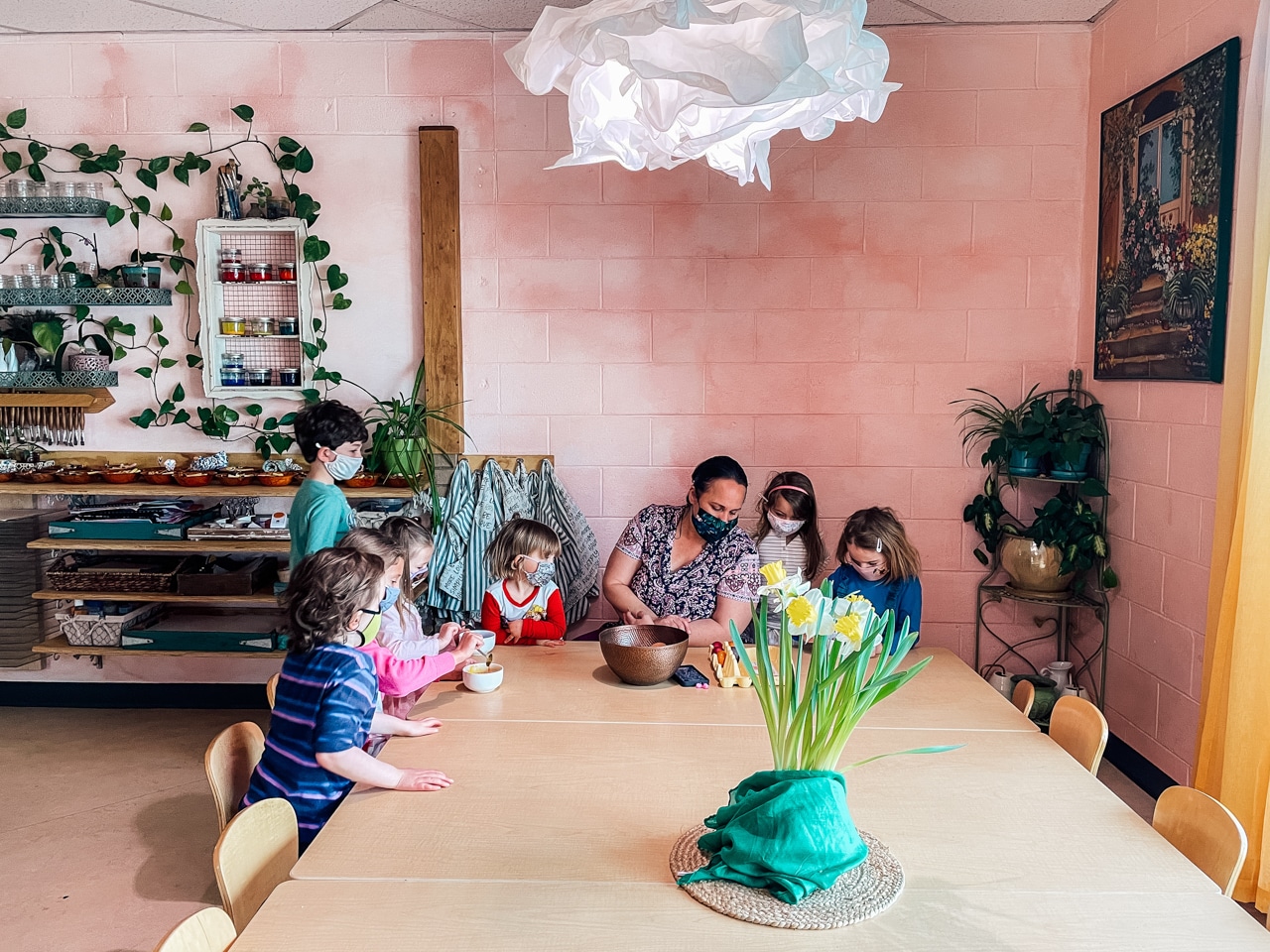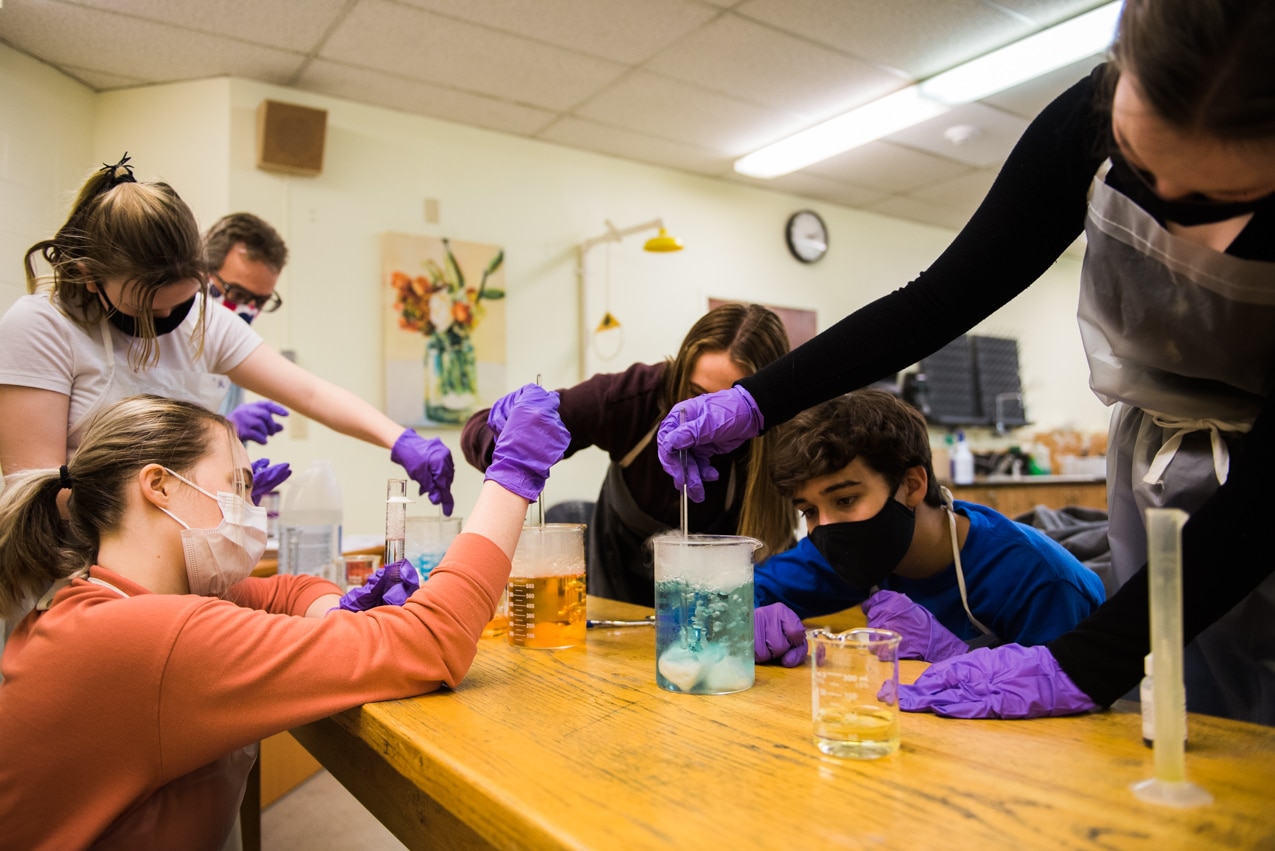Summer Reading Lists
The adventures that await with the turn of a page. This is the beauty of a new book - a chance to journey to faraway places, different times, and fresh experiences to feed those imaginations. For all those summer days ahead swinging in a hammock or resting under the shade of a tree, we wanted to share suggested reading lists in case you are searching for new ideas!
The Library Committee and class teachers curated the lists below by rising grade level - so...spread out a blanket, relax, sip a lemonade, and read!
2nd Grade
3rd Grade
4th Grade
5th Grade
6th Grade
7th Grade
8th Grade
A Space for Joy
Teachers and school administrators across the U.S. are reporting increased levels of stress and anxiety amongst faculty and students. In particular, the COVID-19 pandemic presented new unimaginable challenges for schools and exposed old fault lines in our nation’s approach to education. The result is an “erosion of joy” that saps students of their ability to learn, to grow in confidence, and to take on new challenges with excitement and grit.
Neurologist Judy Willis explained the consequences of such chronic stress and worry: “when we scrub joy and comfort from the classroom, we distance our students from effective information processing and long-term memory storage.” In simple terms, when learning is fun and supportive and engaging, students just learn better! And teachers are happier too.
As a result of this emerging awareness, teachers and administrators are beginning to “rethink schooling.” At the heart of this new approach is a recognition that “joy and academic rigor go hand in hand.”
The Denver Waldorf School’s focus on joyfully educating the whole child long-predated the COVID-19 pandemic. For decades, DWS has inspired its students to become original thinkers, creative innovators, and compassionate world citizens — all the while creating a school environment that promotes joy, well-being, and a healthy emotional and intellectual life.
So, how does DWS foster a love for learning, personal growth, and compassion amongst our students? Here are a few of the elements that unleash joyful learning at DWS:
- We integrate the arts into our curriculum. The fine arts, practical & industrial arts, and performing arts are all woven into our curriculum. The Waldorf method of education through the arts awakens imagination and creative powers to bring vitality and wholeness to learning. Students gain valuable tools to expand understanding of the world as they connect the arts to all academic subjects, and learning comes alive!
- We move! Our previous School Counselor, Jenny Thompson (MA, LPC), recently wrote about the importance of movement to boost mental health. She explained that effective movement reduces stress, increases relaxation, alleviates anxiety, improves self-confidence, and sharpens memory and cognitive ability. DWS students are not a sedentary bunch; we move, we learn, and we grow!
- We emphasize the joy of play in sports. DWS coaches recognize that their student-athletes have embarked upon a journey of growth and development that supersedes wins and losses. We seek to develop the whole athlete by valuing growth in individual skills, championing teamwork and inspiring each to become the best they are capable of becoming. Every athlete has their place on our teams.
- We embrace the festival life. We come together to celebrate the turning of the seasons, to find joy and meaning in diverse cultural traditions, and to strengthen our connections to each other and this world. These traditions and celebrations give meaning to our passing days together as a community.
- We work together towards social renewal. Whether through service to others, stewardship of the earth and healthy living, valuing inclusivity and diversity, and working within our greater community - our education provides a healing element to the world as well as meaning to our work together.
- We take our learning beyond our classroom walls through class trips. Annual class trips are a beloved aspect of our education - whether it's a week-long river trip or a field trip to the farm, class trips provide the opportunity to deepen our relationship with nature and one another.
As one walks through our hallways and our classrooms, you can't help but notice your senses coming alive. Whether it's the smell of freshly baking bread in our kindergartens, or the sound of flutes from our 2nd grade classroom, or the artistic creations at every turn- there is much beauty, life, and warmth that surrounds us. And a true joy for learning.
5th Grade Pentathlon
Every spring in a Waldorf school, the 5th grade class studies Greek civilization, learning about the government, history, mythology and culture. As a culmination of the students’ studies, they participate in a Pentathlon, which is an athletic event based on the ancient Greek games. As with all aspects of our Waldorf curriculum, the event is designed to relate directly to the students’ learning and development, bringing relevancy and enthusiasm for their studies. Grouped into five City States- Sparta, Athens, Corinth, Ithaca, and Thebes, the students compete in the following events:
- Long run
- Long jump
- Discus
- Sprint
- Javelin
- Wrestling
In preparation for the festivities, the students also write odes to their favorite Greek goddess or god and recite their compositions to those gathered as part of the opening ceremonies. The ritual opening, with the lighting of the torch and the offering of poems, very much sets a beautiful tone for the day. While the children put forth their best efforts in achieving results in speed and distance, more important is their display of grace, beauty, and form.
Participating Schools
Starting in 2022, The Denver Waldorf School will host numerous schools in the region. This year, the following schools will join us for the Pentathlon on May 13th:
- Boulder Valley Waldorf School (Niwot, Colorado)
- Shining Mountain Waldorf School (Boulder, Colorado)
- North Fork School of Integrated Studies (Paonia, Colorado)
- Waldorf School on the Roaring Fork (Carbondale, Colorado)
- Santa Fe Waldorf School (Santa Fe, New Mexico)
- Prairie Moon Waldorf School (Lawrence, Kansas)
Science in the Waldorf Curriculum
“How can I be the person who potentially takes this field forward?” That is the question that DWS high school physics and mathematics teacher, Adam Newman, wants his students to ponder.
This question arises from years of thoughtful scientific study, beginning in kindergarten and continuing through elementary school, middle school, and high school. A developmentally appropriate scientific curriculum — interwoven with history, arts, and mathematics — empowers our students to think critically, observe carefully, and find their place in a dynamic world.
The Scientific Journey from Kindergarten Through High School
Our education in science begins with our youngest in kindergarten. Quite simply, the children observe and experience the world in a way that develops foundational scientific skills.
In the early years, nature walks allow young children to hone their skills of observation. In the springtime, they may see tulips pushing through the soil and opening their beautiful colors to the sky. They may hear a mother robin chirping to her babies in the bough of a spruce tree. They may feel the soil, warm and soft underneath their little toes.
In addition to nature walks, kindergartners come to intuitively understand mechanical processes by simply playing on a teeter totter or kicking their legs out on a swing. During story time, they become engrossed in stories of nature, all the while building a foundation on which later scientific training will rest.
This foundation continues into the early grades. By third grade, students learn ecology by studying how people work in the world — in this case, how farmers serve as stewards of the earth. The youthful eagerness to work and to learn about the world spark an interest in natural processes.
In fourth grade, students directly study the living world through explorations of the human and animal kingdom. The students employ the arts to further their study of morphology. As long time DWS teacher Tom Clark says, “The arts are the good friends of science. Together, they help us understand reality.” The study of morphology encourages students to perceive reality through truth and observation.
In the last year of elementary school, fifth graders study the living world through botany. They carefully draw plants, further training their powers of observation. To truly understand a natural system, one must first be able to observe and reproduce its critical elements.
In middle school, the science curriculum is tailored to the students’ awakening intellects through the study of chemistry, physics, and physiology. They learn experientially through their senses. The principle theme, as Mr. Clark explains, is: “without jumping to a conclusion, what exactly did you see?” From experiment to concept, students learn through hands-on experience and carefully record their observations.
In seventh grade, the students explore mechanics, learning how simple machines work. They work with levers to grasp how a relatively small amount of force can be applied to lift, for example, the back end of a teacher’s car!
With this solid understanding of basic machinery, eighth graders are challenged to understand the technology that impacts our lives. From stereo headphones to motors to internal combustion and jet engines, our Waldorf students gain a working knowledge of the forces at work in our modern world.
By the time a Waldorf student enters high school, they have already developed keen powers of observation. The focus in high school centers around the capacity to think scientifically across various disciplines — including chemistry, biology, and physics.
Unlike some high schools that may teach biology one year and chemistry the next, DWS integrates the major scientific disciplines into each of the four years through their block system. Consequently, our graduates will have taken chemistry, for example, in all four years—not just one.
In ninth grade, students are “very much into the what” of the world, as explained by Nancy Taylor, DWS high school science teacher for the Life Sciences (biology and chemistry). The study of anatomy taps into this natural curiosity during the ninth grade year.
In tenth grade, students crave a more dynamic type of thinking. DWS challenges its students to move from a static to dynamic view of the world through the study of physiology — focusing on the flow of how bodily systems work.
Eleventh grade marks a continued shift to the powers of abstract thinking. In chemistry, that means a study of the atom as a unit of matter. In biology, the focus moves to the cellular level.
From atomic chemistry to embryology to immunology, the students engage their intellect in abstract ways. This intellectual shift to the abstract is made possible by all of the foundational capacities developed in prior years, including attention to detail and acute observational skills.
The big question for twelfth grade is: “how do I fit into the world?” This question naturally lends itself to a study of zoology, the human being, and biochemistry. And to think it all began with those simple nature walks in kindergarten!
Teaching Science to Prepare Productive Citizens of the World
Science is a dynamic universal language that develops the capacity to observe, to think, to be open, to learn from history, to be flexible, and to problem-solve thoughtfully. These skills are crucial as DWS graduates enter a world marked by challenges and opportunities.
Consequently, science in our Waldorf curriculum is not just a specialty subject reserved for a few; rather, all students undergo rigorous scientific development during their time here. Dr. Taylor’s biochemistry course in twelfth grade is the culmination of a four-year journey in chemistry with each and every high school student.
In the words of Mr. Newman, each student must give science a “proper go” and cannot “tap out” when the scientific rigor intensifies. He believes in giving each student the chance to fall in love with science. Dr. Taylor fully agrees that “they can all do it,” and that each student is capable of developing an “intuitive sense of how the world works.”
To achieve this foundation, DWS teachers encourage their students to think of themselves as part of an ongoing scientific mission to understand the world. In the study of electromagnetism in high school, for example, the class begins its study with the history of the thinking about electromagnetism.
While it may be tempting to just jump to the current model of electromagnetism, Mr. Newman pushes his students to follow and replicate the early experiments that led to our modern day understanding of the subject. The students live the scientific method, setting up experiments, observing the results, and understanding how our collective thinking in a subject evolves with each developmental step.
Our students are not just told what’s going to happen. They must conduct the experiments in electromagnetism and observe the results themselves. By embracing this process, the students understand the historical trajectory of a particular field of study and, importantly, its future direction.
DWS graduates enter the broader world with a well-developed ability to observe, to be flexible, to problem-solve, to predict and test, and to think critically with an open mind. Whether a graduate continues with the study of science in college and beyond, or pursues another field entirely, these skills will serve them and humanity well.
To listen to our teachers share about the curriculum, take a listen to our podcast covering this topic here.
The Importance and Power of Movement
Did you move today? Invariably, the answer to that question is yes. As my students say when I ask them to stand still, “Actually, Mr. Orphanides, we are always moving. My blood is moving, my eyes are moving, I’m breathing, my heart is beating… we actually can’t stand still.” Well, they are right!
And, along with these perpetual and life-supporting movements, we, as human beings, move in many other, sometimes subtle, ways as well. Whether we are sitting or walking, running or performing a skilled task such as typing, shooting a basketball, sustaining a strong Warrior I or walking a tight-wire spanning the towers of Notre Dame, we are engaging muscles, senses, reflexes and movement patterns that we developed largely in our childhood -- and that we need to use and exercise regularly in order to stay healthy, attentive, alert and mobile.
Many of the movements we make in early childhood, such as playing on our tummies as infants, crawling, standing and taking our first steps, lay the foundation for many of our capacities for learning later in life. The “old fashioned” childhood activities of wrestling, spinning, tumbling, rolling down hills, and climbing trees not only create healthy neural pathways for “academic” success, but they also allow us to develop the confidence, self-regulation, decision-making powers and sense of our relationship to other people that are key factors for healthy social development (often called “executive functions”).
In terms of those often imperceptible movements the students mentioned, the movement of our physical bodies also stimulates the healthy circulation of the two major fluids in our body: blood and lymph. In fact, it is said that breathing and the movement of our muscles are what keep the lymph moving through our bodies, a key aspect of our immune system. It is no small wonder, therefore, that we often describe the activity of a graceful athlete or dancer as being “fluid.” We need to move those vital fluids through our body to keep our bodies functioning and to keep our mental and emotional “bodies” in good health as well.
With all this said, there is a growing concern among many people who study movement, as well as educators, parents, doctors and therapists, that we don’t move our bodies enough in today’s world, and this concern is especially pressing for young people. While we cover great distances in our planes, trains and automobiles (and can communicate with someone thousands of miles away instantaneously), we spend an increasing amount of time in front of our screens and behind the wheel of our cars.
Everyone reading this most likely knows everything listed above, and yet, we are all so busy and often over-burdened by our responsibilities in today’s world that we just can’t find the time or energy to move or to help our children move. It can be a struggle to get outside for a run or walk or to get on the treadmill or yoga mat.
If this is indeed a challenge for you, I will offer the same advice I have been given and give to others who are striving to start a meditation practice. 2 minutes. Engage in an intentional movement for 2 minutes each day, and, if you have children, engage them as well. Spin your arms around. High step your legs. Go up on tiptoes ten times. Pushups. Moonwalk. Hip-hop dance moves. It’s a start, and it will grow.
And, hopefully, you will be laughing or at least smiling. There are even studies that show that you can build muscle by imagining yourself moving! Start there if you need to! You could even start right now.
Written by Movement Teacher and Therapeutic Movement Specialist Charlie Orphanides
The Rose Ceremony - a Waldorf School Tradition
The sun shines behind a row of seniors, sitting confidently on benches facing a semicircle of students and teachers with eager, expectant faces. 8th graders stand in the wings, some shift from foot to foot, others try to remain standing, straight and ready. 1st graders nuzzle or squirm on their parents’ laps. A vase of roses lies center stage before the seniors.
Every year we begin and end the year with the Rose Ceremony, an event that marks the transition from one stage of life to another. Foundational to Waldorf education is the understanding of human development and its phases. One principle of human development is the seven year phases of life: birth to 7, 7 to 14, 14, to 21. In the Rose Ceremony, we see each of these phases represented as the kindergartener enters 1st grade, the 8th grader enters high school, and the senior enters adulthood (though it should be noted that they’ve got 3 more years until age 21). Three ideals live within each seven year period: goodness, beauty, and truth.
From when a child is born, up through our early childhood program, the child is most nourished by a sense that the world is good. We cultivate this sense of goodness through the loving affection of the teachers, through stories, and through the very daily environment the children experience with their senses. The teacher carries on the parents’ loving gaze and the constant devotion to the child’s well being. Hugs each morning, snuggles on the rocking chair, a nice back rub when settling down for a nap all let the child know that they are loved and in a good, safe place.
Rudolf Steiner describes how during the first seven years the young child nearly “breathes in the whole character of the environment.” Largely unconsciously, the young child directly experiences the physical world and the moral quality behind it. During these years the child unconsciously seeks to develop their lower senses: touch, smell, balance, movement, and life. It is sufficient to say that the child has an innate drive to explore with these senses because they develop a foundational understanding of the world around them, and through that experience of the world, they experience themselves. When we create an environment with a natural diversity of sense experiences, then this innate drive is satisfied, and they experience the world as good. In this way, the kindergarten teacher is like the gardener. The gardener creates an environment that encourages the plant to grow by providing the right soil, the right amount of water, and the right amount of sunlight. The seed was always seeking to grow, this is innate, and the gardener simply helps the plant fulfill its destiny.
When the child enters first grade, Steiner says, “The next seven years are spent not so much breathing in the environment, but listening to what it has to say.” In these years between first and eighth grade, the teacher is a mediator between the child and the world. This is why storytelling is so important in our curriculum. The spoken and written word help guide the students through an understanding of the world, and through the word, and through the teachers, the students develop a feeling that the world is beautiful. The world may not always be good, and this is something that the teacher helps reveal as well, but in the world beauty persists. The teacher’s relationship with the world helps the student develop a healthy relationship with the world. Without a relationship, the world is incoherent and causes anxiety. Through the teacher’s artistic teaching, the student sees that the world is ordered, is coherent, and that they belong.
Of course, the natural authority of the adult erodes with time in order to make room for the authority of the students themselves. High school is when the student can no longer experience truth through the teacher, but only through their own conscious thinking activity. The students must use their physical senses to observe without judgment and to think clearly about these experiences in order to develop concepts free from external influences. What the teacher does provide is an environment and a means for investigating the “riddles of the world,” as Steiner refers to them. The teacher helps “awaken within them an extraordinarily great interest in the world outside of themselves.” The student should have confidence that their teacher has access to the answer, but the teacher guides rather than imposes.
Through these three phases, we help cultivate in our students the ability to not only sense goodness, beauty, and truth, but also to be bearers of them out in the world. When they stand on the stage and receive their high school diploma they look out into the world with confidence and love.
Written by Education Director, Vernon Dewey
To learn more about the Rose Ceremony and how Waldorf education brings truth, beauty, and goodness into the classroom, you can listen to our podcast episode covering this topic here.
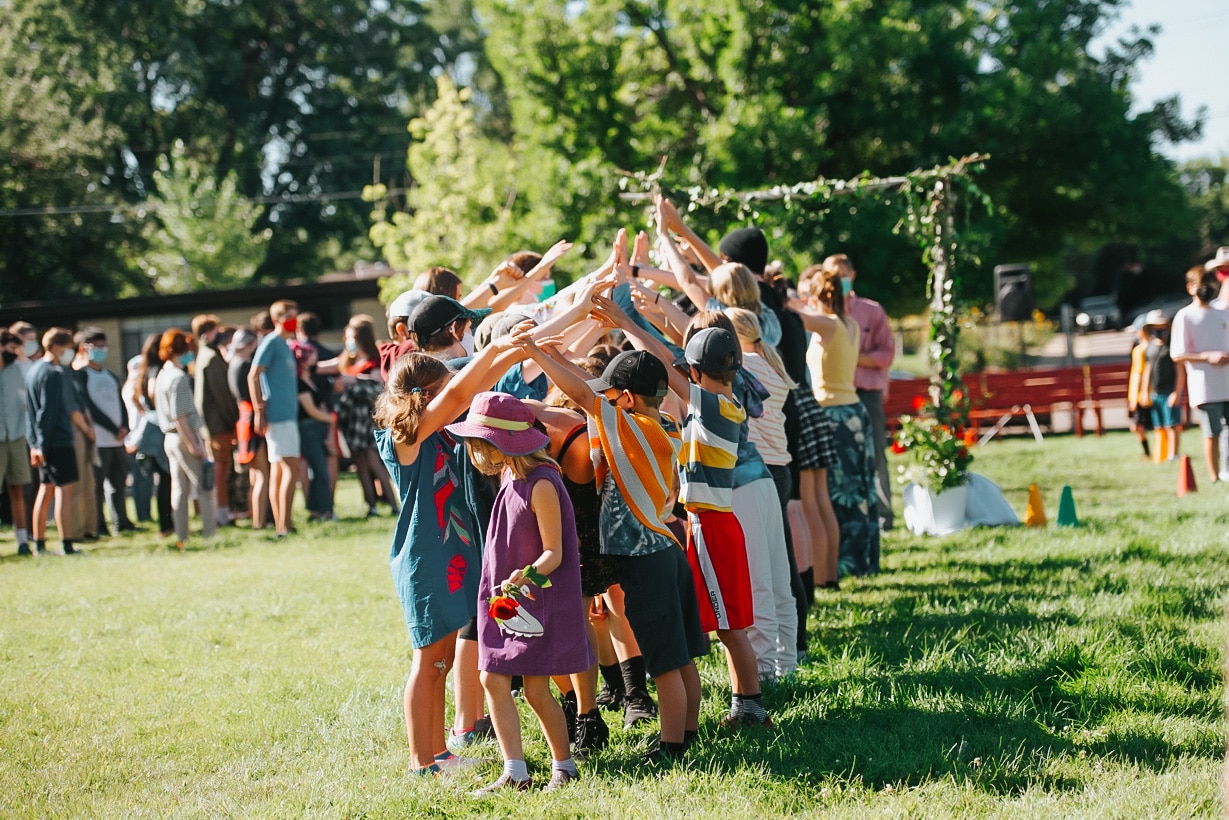
Miss Dawn's Cool Things To Do
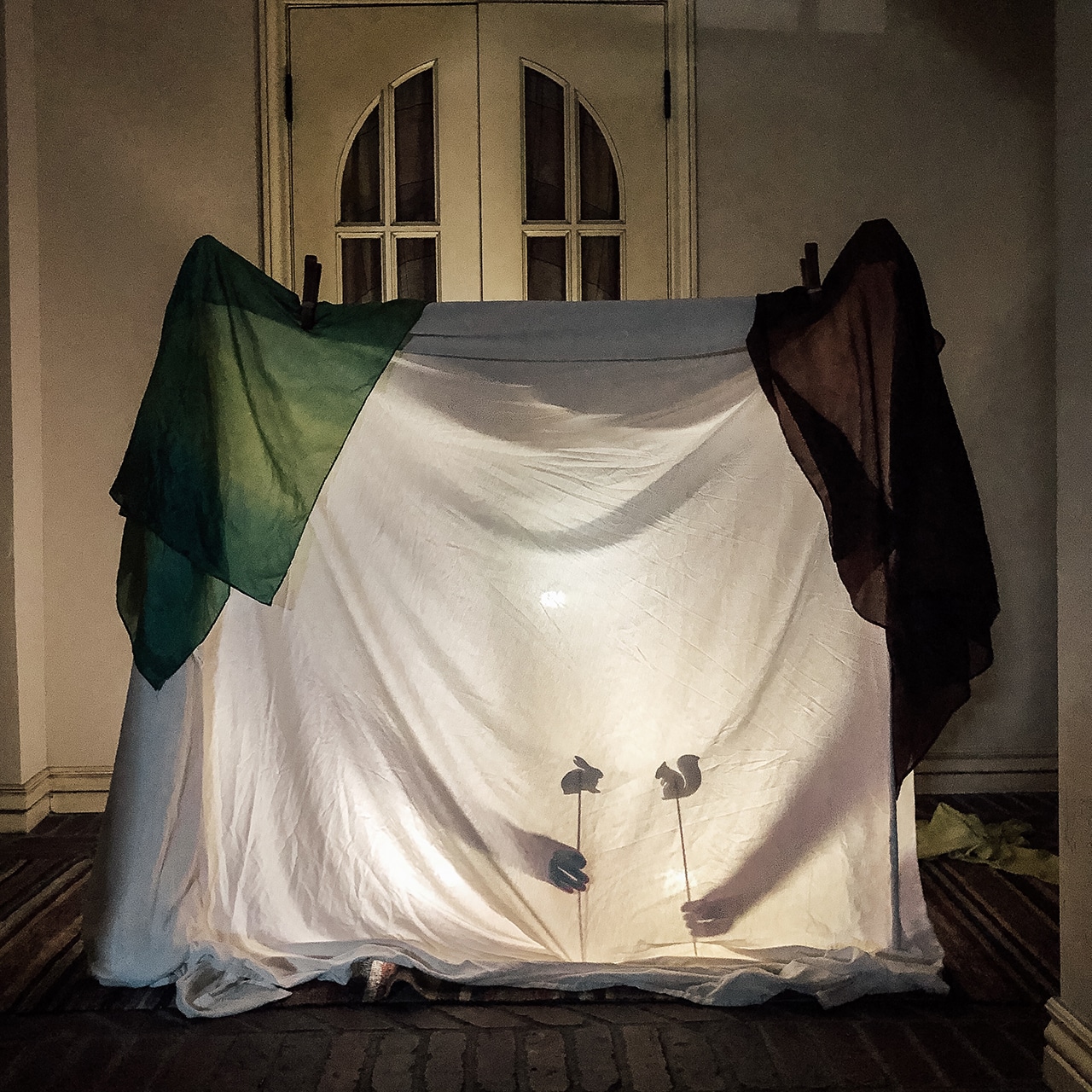
We thought we would re-share “Miss Dawn’s Cool Things To Do” list to help inspire activities to keep your children exploring, creating, and having fun! From shadow puppet shows, to stone painting, to flipping a coin at each corner of your neighborhood walk to see where you end up- there are plenty of activities to keep the children engaged with healthy activity! These ideas can continue to be enjoyed all summer long!
For the youngest children
- Give your child a collection of interesting items on a tray for them to play “laboratory or apothecary”. These items can include funnels, bottles, corks, tubes, rubber bands, dropper bottles, tweezers, tongs, goggles, kitchen gloves, etc.
- Make Miss Dawn’s no-cook play dough for endless possibility
- Set your child up at the kitchen sink with warm bubbly water and simple kitchen items such as funnels, a whisk, cups, small pitchers, a sieve, even marbles and sponges, etc. Most children will play at this for a long time!
- Make aftercare nachos by heating ½ can refried beans, ¼ cup water, ½ lb shredded cheese (do not use pre–shredded cheese as it does not melt properly) and 1 cup 505 brand green chile sauce (salsa can be substituted) in a crockpot or a saucepan on the stove. Heat and stir until creamy. Serve with corn chips!
- Make shadow puppets. Cut simple people and animals out of paper and tape them to sticks. Set up a flash light in a dark room and make a play with your shadow puppets.
- Have your child collect 6–12 of their small items. Have them hide in their room while you hide the items. (remember where you hid them!) Give your child a flashlight, magnifying glass and/or a hat. They get to be the detective to find the items! Maybe even leave clues behind like a moved chair or a turned up corner of the rug!
- Go for a walk and bring two bags. In each bag put identical leaves. Choose ones with different shapes and textures. After returning home your child can play a game where they choose a leaf from bag #1 and using only their hands they have to find the same leaf out of bag #2. No peeking!
- Birds are making nests this time of year. Give them nesting material by brushing your cat or dog. Put the hair outside in the trees and then watch for the birds to come take it away!
- Go for a walk together. Take a quarter and when you come to the end of a block or to an intersection flip the quarter. Heads you turn right and tails you turn left. Where will you end up?
For the oldest children
- Build a house of cards. See how high you can build it before it falls down!
- Make a puzzle. Take a magazine page and paste it evenly to a piece of thin cardboard such as a cereal box. Cut it into interesting and odd shapes. Give it to a sibling to solve or mail it to a friend!
- Make a sugar scrub to soften hands and feet by mixing 1 cup granulated sugar with ½ cup melted coconut oil. Add 12–15 drops of your favorite essential oil or 1 tsp vanilla extract for a scented version!
- Make aftercare nachos by heating ½ can refried beans, ¼ cup water, ½ lb shredded cheese (do not use pre–shredded cheese as it does not melt properly) and 1 cup 505 brand green chile sauce (salsa can be substituted) in a crockpot or a saucepan on the stove. Heat and stir until creamy. Serve with corn chips!
- Find stones about the size of your palm. Paint them with kind words and images. Leave them around your neighborhood for your neighbors to find!
- Use sticks or Q–tips and paint to make a “dot” painting. This can also be done with paper dots made from a paper punch and colored paper.
- Take apart a paper bag and put it back together. Take apart an envelope, make a duplicate and put them both together. Move onto harder things to take apart and put back together such as a ball point pen, a picture frame or a broken lamp (with parent’s approval of course!)
- Start a family history book. Include personal stories of all your relatives, pictures, favorite foods, places they’ve visited and lived, pets they’ve had, etc.
- Make your own Mad Libs. Write a descriptive short story or interview and leave certain adjectives, adverbs, nouns, numbers, names and verbs out of the story with a place to write it in. Call a friend on the phone and do Mad Libs with them.
- Make shadow puppets. Cut simple people and animals out of paper and tape them to sticks. Set up a flash light in a dark room and make a play with your shadow puppets.
- With permission hide something that belongs to a sibling and give them a treasure map or set up a series of clues for them to solve to find their missing item.
- Go for a walk and bring a bag to pick up trash during your walk.
- Toothpick architecture. Use toothpicks and play dough or clay (to fasten the ends together) to build a house, a neighborhood, a city, a bridge, etc.
- Use books or boxes on a table to set up a table hockey court. Leave a “goal” open at each end. Use a waded up piece of paper as the puck and your hands to hit the puck across the table into your opponent’s goal.
- Use yarn to wind around table legs and door knobs. Fill a portion of the room with yarn pulled taut. Pretend you are a cat burglar and you have to get through the invisible security to the other side of the room. Climb under, over, around, but don’t touch the yarn or you’ll have to start over!
- Make a house rule for the day.This is a fun family activity that can go all day or just for an hour. Make up rules such as: Always enter the kitchen hopping on one foot, Say the entire alphabet before sitting down, snap your fingers every time your name is said, count backwards from 10 each time you pass a mirror, run outside and then back in every time the phone rings. Make your own funny rules to follow!
- Learn how to make pancakes! On Saturday make your parents breakfast in bed!
- Birds are making nests this time of year. Give them nesting material by brushing your cat or dog. Put the hair outside in the trees and then watch for the birds to come take it away!
- Fill a balloon with flour or sand or rice. Tie off the balloon and now you have your own squishy ball. Make an extra for your parents to play with when they are on their Zoom meetings!
- Watch for Bee swarms, cocoons and owl pellets around. I have tiny Eastern Screech Owls living in the trees outside my house. I’ve been watching for owl pellets to dissect!
- Buy or make postcards. Send jokes to your friends.
- Record yourself reading stories. Send them off to younger cousins so they can hear you read to them. Better yet call them up on the phone and read to them live.
- Wash your parent’s car with a bucket and a big sponge and a hose to rinse at the end!
- Make a paper–mache globe with a balloon and paint the continents on it.
- Get good at skipping rocks on the water.
- Have a family talent show.
- Whittle
- Set up a domino track. See how complicated you can make it with different levels.
- Make a maze.
- Write and illustrate a comic strip.
- Learn to make balloon animals.
- Reproduce a work of art using only trash–plastic bags, bottle caps, twist ties, plastic containers, etc.
- Make a flip book.
- Learn how to say hello in 10 different languages

5th Grade Pentathlon
Every year, the 5th grade class studies Greek civilization, learning about the government, history, mythology and culture. As a culmination of their studies, each spring the students participate in a Pentathlon, which is an athletic event based on the ancient Greek games. As with all aspects of our Waldorf curriculum, the event is designed to relate directly to the students’ learning and development, bringing relevancy and enthusiasm for their studies. Grouped into four City States- Sparta, Athens, Corinth, and Thebes- the students compete in five events including long run, long jump, discus, sprint, and javelin. In preparation for the festivities, the students also write odes to their favorite Greek goddess or god and recite their compositions to those gathered as part of the opening ceremonies. The ritual opening, with the lighting of the torch and the offering of poems, very much sets a beautiful tone for the day. While the children put forth their best efforts in achieving results in speed and distance, more important is their display of grace, beauty, and form. In years past, our school has gathered with other neighboring Waldorf schools for this highly anticipated event. Although this year may have looked a bit different with a pentathlon only with our school, it was still very much a day full of fun, community, nobility, grace, and honor.
We look forward to being the new Colorado host in the future for many pentathlons to come!
The Denver Waldorf School Happenings - February 2021
The Denver Waldorf School is a k-12 independent school in Denver, Colorado

